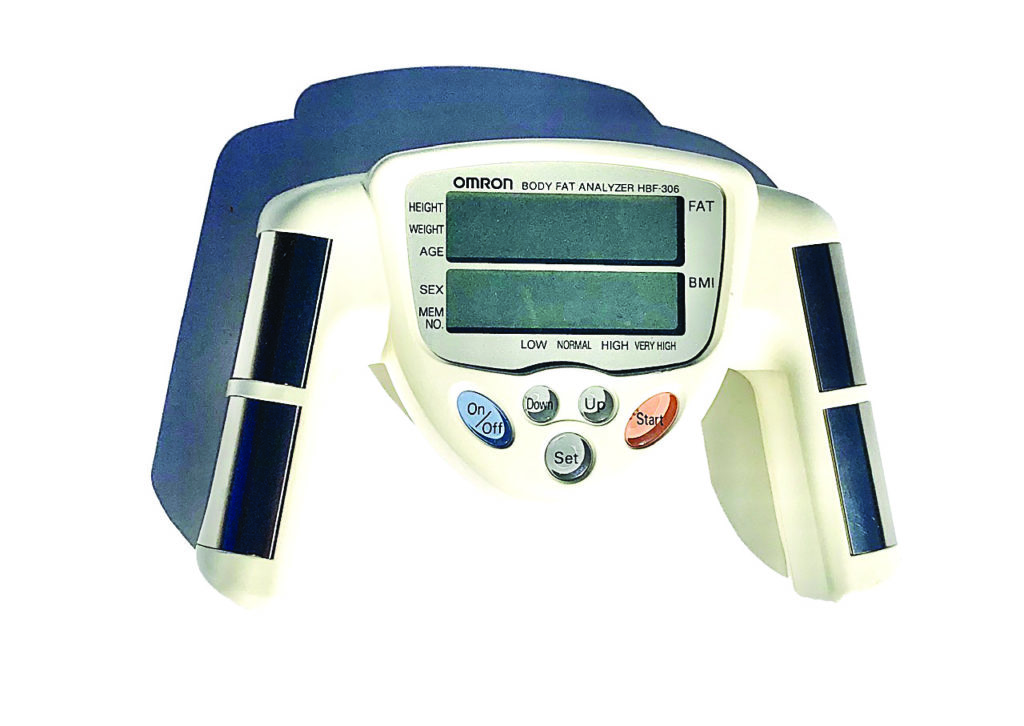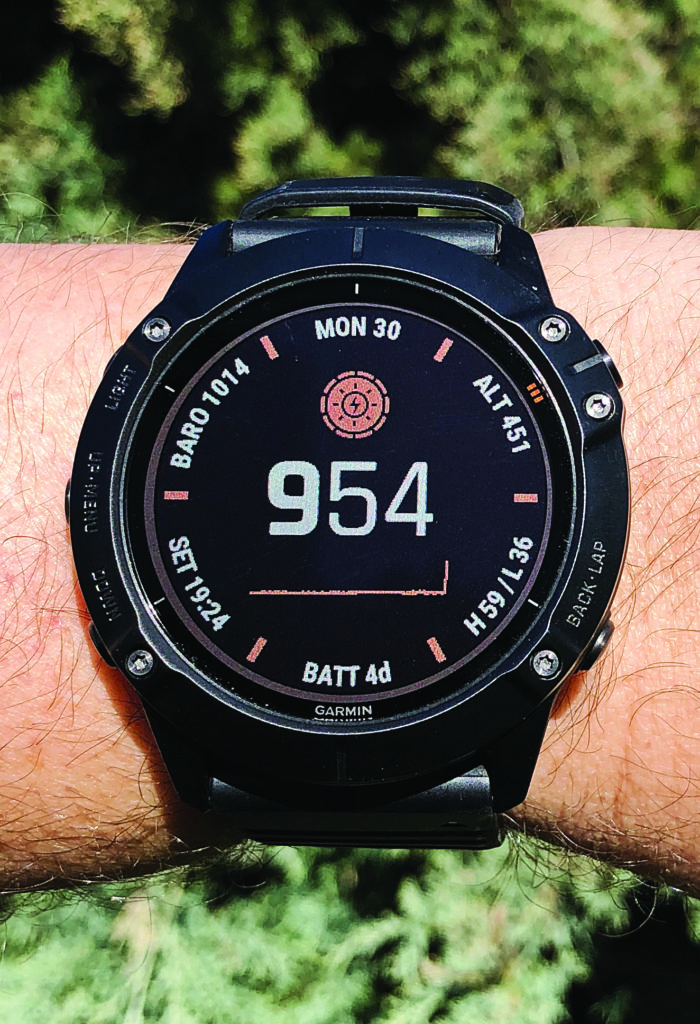In This Article
We often hear the expression “serial killer” in reference to a succession of crimes committed by depraved, shadowy figures. Their murders are often grotesque in nature, but the patterns exhibited in these crimes reveal characteristics of those behind the act. In this continuation of our profiling series, we aim to create a deeper understanding of what serial killers are, provide insight into the nature of their crimes, and discuss why they’re ultimately driven into seemingly insatiable violence.
A serial killer is defined as a person who murders three or more people, usually with over a month of cooling down between murders. The murders must be separate events that are primarily driven by a psychological thrill or pleasure. Serial killers most often lack empathy and guilt, and are egocentric individuals. They often employ a “mask of sanity” to hide their sociopathic pathology and may appear normal or even charming.
The most notable example of a sociopathic charmer is Ted Bundy who would fake an injury to make potential victims lower their guard and see him as harmless or in distress. He’s classified as an organized serial killer (which we’ll define later on) who methodically planned out his murders and would stalk his victims for several weeks before committing the actual crime. He committed an estimated 30 murders from 1974 to 1978. A serial killer may kill over an extended period, and typically a victim pattern is developed. John Wayne Gacy is another infamous serial killer who murdered at least 33 young men over a period of six years.
“You feel the last bit of breath leaving their body. You’re looking into their eyes. A person in that situation is god!”
— Ted Bundy
In the book, Serial Killers: The Method and Madness of Monsters, Peter Vronsky documents the psychological, investigative, and cultural aspects of serial murder, beginning with its first recorded instance in Ancient Rome, through 15th century France, and up to such notorious contemporary cases as cannibal/necrophile Ed Kemper, Henry Lee Lucas, Ted Bundy, and the emergence of what he classifies as “the serial rampage killer.”
The term “serial killer” itself is thought to have been originated by the late FBI agent and profiler Robert Roessler who was lecturing at the British Police Academy at Graham Shields, England, in 1974, where he heard the description of some crimes as occurring in series, including burglaries, robberies, and murders. Roessler said that the description reminded him of the movie industry term “serial adventures,” which referred to short episodic films such as those with Batman and The Lone Ranger that were shown in theaters on Saturday afternoons during the 1930s and 1940s. Each week, audiences were lured back for the next installment in the series with a cliffhanger ending.
Characteristics of Serial Killers
“In my research, I don’t believe that someone is born a serial killer,” says John Douglas, a retired FBI criminal profiler. When a serial killer plans, tortures, and kills, there’s a flood of neurochemicals that washes over the brain tissue, creating a euphoria or feeling of power and omnipotence that becomes addicting. They become addicted to the murder, but more than that, they begin to anticipate the process, and the longer they keep the victim alive, the more pleasure it gives them. They have total power over another human being, over life and death.
Profilers look for specific characteristics or behaviors that have been consistently present in a high percentage of serial killers.
Arson: Many serial killers have a long history of progressively escalating incidents of arson. They’re drawn to arson since it involves power and control of other’s lives. It’s one of the precursors to torture and then killing as the ultimate act of control.
David Berkowitz, known as the “Son of Sam” or “.44 caliber killer,” was obsessed with pyromania as a child and other kids nicknamed him “Pyro.” After being arrested, he took responsibility for dozens of New York fires. Some sources indicated that he may have been responsible for up to 1,400 fires.

Above: Jeffrey Dahmer. Photo courtesy Sheriff’s Department Milwaukee County
Torturing Small Animals: When a child tortures small animals, this can be one of the most significant warning signs of major mental health issues. When children torture or kill small animals like rabbits, birds, cats, and dogs without showing remorse, there’s an increased probability that they may evolve into sociopaths. A common motivation found in serial killers is that they kill as the ultimate control over others’ lives, and as children, small animals are the only lives that they have the power to control, so they practice.
As a child, cannibalistic serial killer Jeffrey Dahmer rode his bike around in the woods collecting dead animals to dissect. He killed and dismembered his own puppy, proudly mounting its head on a stake when he was done.
Highly Dysfunctional Family Life: Many serial killers come from highly dysfunctional families, sometimes with generations of criminal, psychiatric, drug or alcohol abuse histories. These killers often have struggled through physical, sexual, and mental abuse during childhood and adolescence, typically by a relative or family friend. The abuse leaves the victim with feelings of shame, humiliation, helplessness, and anger. Many times, serial killers use these abusers as their initial victims.
“You condition a vulnerable boy at puberty to become aroused by brutality. It’s the violence, not the nudity. Frankly, I wouldn’t mind if every teenage boy had a subscription to Playboy. They’d be looking at attractive naked female bodies while they masturbated, not eviscerating female bodies,” says Park Dietz, MD, a forensic psychiatrist who has interviewed multiple serial killers.

Above: Edmund Kemper. Photo courtesy Santa Cruz County Sheriff’s Office
Ed Kemper, “The Co-Ed Killer,” was abused from an early age by his mother. His killing started at age 15 when he killed his grandparents and was subsequently institutionalized. After being released from custody at age 21, he killed six female college students. The police finally caught Kemper when he surrendered to police after he brutally murdered his alcoholic mother and mutilated her corpse, cutting out her vocal cords and throwing them down the garbage disposal so he would never have to listen to her again (as he related). In his final act of defiance, he decapitated her, using her head as a dartboard. Kemper stated, “… If I killed them, you know, they couldn’t reject me as a man.”
Aileen Wuornos, one of the few known female serial killers, used prostitution as bait. She was known as the “Damsel of Death” and was portrayed by Charlize Theron in the movie Monster. She was abandoned by her mother at age 4 and never met her father, who was in prison for raping a 7-year-old girl. Wuornos’ grandfather took custody of her when her mother left, and physically and sexually abused her until she ran away at age 15.
Substance Abuse: Serial killers may struggle with drug and alcohol abuse beginning in adolescence. Dahmer began drinking in his teens and was an alcoholic by his high school graduation. His alcoholism resulted in both his expulsion from college and his discharge from the military. Ted Bundy claimed that as an adolescent, he would drink until drunk at night and wander around his community, looking for peeping tom opportunities to watch women undressing.

Above: Aileen Wuornos. Photo courtesy Florida Department of Corrections
Voyeurism: Research indicates that many serial killers exhibit excessive tendencies toward voyeurism, sadomasochism, pornography, and fetishism. Charles Ng and Leonard Lake both fit this profile. They killed an estimated 11 to 25 victims and also recorded many of their victims being murdered or tortured to death. David Parker Ray, also known as the “Toybox Killer,” exhibited similar behavior.
Poor Employment Record: Despite some serial killers with higher-than-normal intelligence, many have trouble keeping jobs and cycle toward unskilled labor. Bundy is one of the glaring exceptions. At one time, Bundy was working in Olympia, Washington, as the Assistant Director of the Seattle Crime Prevention Advisory Commission where he wrote a pamphlet for women on rape prevention. Later, he worked at the Department of Emergency Services (DES), a state government agency involved in the search for missing women. David Berkowitz, who reportedly is of above-average intelligence, had several jobs after leaving the military before he was captured, including his last one working for the United States Postal Service.

Above: Ted Bundy. Photo courtesy State Archives of Florida, Florida Memory.
Basic Types of Serial Killers
The FBI has defined three types of serial killers based on their pattern or method(s) used to commit the murders. Understanding the category of a serial killer can lead directly to better results investigating crimes and how to bring them to justice. Unfortunately, these categories are continually in flux depending on the affiliation of the researchers or the organization providing the funding.
The Organized Killer: Considered by profilers to be the most difficult to identify, capture, and convict. They typically are at the higher end of the IQ scale and are obsessively organized. Their crime is planned, with the killer analyzing each step to make sure that there’s no incriminating evidence. The selection process of their next victim may take days or weeks. Typically, part of the planning involves disposal of the body. They may consider themselves as an artist and will describe their killings with great pride. They pay close attention to news stories about their work and may view themselves in competition with law enforcement.
“The Medical Killer” is thought to be a subcategory of the Organized Killer and may be significantly underreported as a result of the complexity of the murders. Here are two examples:
Harold Shipman was a British physician who murdered at least 215 of his patients. In 2000, he was convicted on 15 counts of murder and one count of forgery and sentenced to life in prison. Shipman committed suicide while in prison, hanging himself in his cell. The headline in the London Times of February 1, 2000, read, “Britain’s Worst Serial Killer.” The heading of the story was, “Shipman Relished Power of Life and Death.”

Above: Richard Ramirez. Photo courtesy San Quentin State Prison, California Department of Corrections and Rehabilitation.
Kristen Gilbert, a nurse, was convicted of four murders and two attempted murders of patients treated at the Veterans Affairs Medical Center in Northampton, Massachusetts. She induced cardiac arrest in patients and would then respond to the coded emergency, sometimes resuscitating the patients herself. She was convicted of first-degree murder in 2001 and sentenced to four consecutive life sentences without the possibility of parole, plus 20 years.
Although this type of killer is very rare, there been some people who became involved in the medical industry to satisfy the vile urges that drove their thoughts and motivations. This type of killer feels that he has the perfect cover, because it’s not uncommon for people in hospitals to die. These killers are usually intelligent and know how to carefully and cleverly conceal their murders. If it appears that a victim has died a natural death, there may be no reason for anyone to suspect foul play and look into the matter further.

The Disorganized Killer: Rarely plans his or her killings. Victims are typically in the wrong place at the wrong time. This type of serial killer appears to strike at random whenever an opportunity arises and when their urges become overwhelming. They take no steps to cover up any signs of their crime, intending to move to different towns or states regularly to avoid capture. Disorganized killers typically have lower IQs and are extremely antisocial. They rarely have close friends or family and do not like to live in one place for too long.
The Mixed Killer: Mixed killers exhibit traits of both Organized and Disorganized killers. Although there may be evidence of planning, it’s usually impulsive and cover-up methods tend to involve little if any premeditation. Richard Ramirez, also known as “The Night Stalker,” is an example of a mixed killer. Forensic evidence at the scenes ultimately led to his capture by bystanders who recognized him from photos in the press.
Ed Gein
Ed Gein was a serial killer and grave robber who sadistically murdered women over a three-year period in Plainfield, Wisconsin, in the 1950s. He has been the inspiration for movie characters such as Buffalo Bill in The Silence of the Lambs, Norman Bates in Psycho, and Leatherface in The Texas Chainsaw Massacre. Gein was discovered to be making items such as clothing, furniture covers, and dishware out of body parts he exhumed from nearby cemeteries or removed from his victims. He died while institutionalized in 1984.

Above: Bates Motel set from the movie Psycho at Universal Studios, Hollywood, California. Photo courtesy Ipsingh.
Traits of the Worst
Tokenism: Tokenism is typically a trait of serial killers and not mass murderers. Between killings, some serial killers need something to remind themselves of how powerful they are. Many keep some personal items of the victim as a trophy of the kill, which investigators call “tokenism.” This can be a wallet, necklace, driver’s license, or some other object. The killer handles it when alone to relive the killing and reassert mastery over the victim. Masturbation usually accompanies tokenism because it brings the power and satisfaction of the kill back to the murderer.
“The killing was a means to an end. That was the least satisfactory part. I didn’t enjoy doing that. That’s why I tried to create living zombies with uric acid and the drill [to the head], but it never worked. No, killing was not the objective. I just wanted to have the person under my complete control, not having to consider their wishes, being able to keep them there as long as I wanted.”
— Jeffrey Dahmer
Some serial killers take body parts as trophies. Jerry Brudos, a serial killer who operated around Salem, Oregon, cut off one victim’s foot, mounted it on a base, and placed it on a shelf as a reminder of his power. Edmund Kemper and Bundy also took heads of victims to use as masturbation aids.
Cannibalism: The consumption of human flesh has the same meaning for serial killers as it has had for centuries to cannibals in the jungles of South America, New Guinea, and other remote parts of the world. Archeologists have universally stated that cannibalism is a way to capture or incorporate the victim’s knowledge, strength, and essence into the killer’s own body through eating the heart and brain of their enemy.
Are Serial Killers Sociopaths?
Unlike murders of passion, anger, revenge, or part of another crime, serial killers are typically sociopaths. Sociopaths are missing essential parts of what makes a person human: the ability to empathize with the pain and suffering of others. The sociopath has the capacity to hide in plain sight as a productive and trustworthy member of society.
Factiod:
The FBI estimates that there are between 25 and 50 serial killers operating throughout the U.S. at any given time.
UNSUB is a term used by law enforcement to mean UNknown SUBject.
To friends and coworkers, Dennis Rader, also known as the BTK (bind-torture-kill) Killer, appeared to be a hard-working family man who regularly attended church and was a Cub Scout leader. No one would’ve imagined that he was brutally murdering adults and children over a 20-year period. The confession of this killer demonstrates the mind of a sociopath. While he stood in front of the judge describing unimaginable acts of violence and sadism, it was clear he had no empathy for his victims.
Mass Murderers
Many people confuse mass murder and serial murder, but they’re very different crimes, typically committed by individuals with vastly different end games. Mass murders can also be called killing sprees, hate crimes, or workplace violence. In a mass murder, the goal or objective is to kill as many people as possible in one event. Mass murders typically involve the use of firearms, although there are exceptions such as Timothy McVeigh, who on April 19, 1995, in the Oklahoma City bombing killed 168 people and injured over 680 people.

Above: Remains of Alfred P. Murrah Federal Building. Photo courtesy Staff Sergeant Preston Chasteen.
The mass murderer has a paramount objective and that is to kill or wound as many people as possible in one horrific act. The mass murderer is driven by factors of anger, political or religious ideology, revenge, and even setting a place mark in history. The Columbine, Parkland, and Orlando shootings are other examples of mass murders.
Can Serial Killers be “Cured” or Rehabilitated?
“Killers may be disturbed, but that doesn’t necessarily mean they can’t tell right from wrong or are compelled to maim or murder,” says Dietz. Most therapists, law enforcement officers, and behavioral researchers don’t think that serial killers can be rehabilitated or cured. A review of the available literature didn’t indicate any cases in which the convicted serial killer was rehabilitated and went on to live a life within societal norms.
Some serial killers were placed in mental institutions after committing their crimes, received treatment (therapy and medication), and were released as “cured,” but all of them went on to kill again. Peter Woodcock spent 35 years in a criminal psychiatric hospital in Ontario, Canada, after murdering three children. While out on a day pass, he and his security guard escort, who was also a previously imprisoned killer, killed another patient.
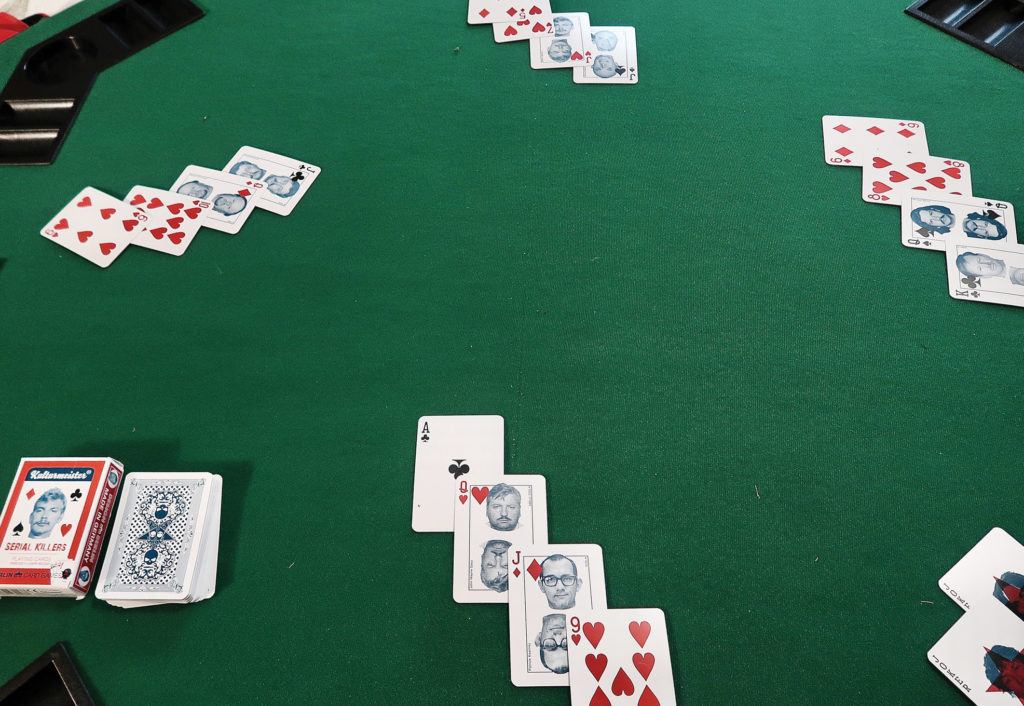
“There is no such thing as a person who, at age 35, suddenly changes from being perfectly normal and erupts into totally evil, disruptive, murderous behavior. The behaviors that are precursors to murder have been present and developing in that person’s life for a long time — since childhood,” says Robert K. Roessler, author of Whoever Fights Monsters: My 20 Years of Tracking Serial Killers for the FBI.
Serial Killers and the Media
From Badlands to Summer of Sam, patterning the main character after a known killer is an almost guaranteed box-office success. There are numerous true crime books, magazines, novels, films, and television productions devoted to the serial killer. But why are they so popular? Perhaps people are fascinated simply because what serial killers do is so horrifying. The public is repulsed by the murders, but voyeuristically seduced by the anxiety and raw fear they experience reading about or watching productions about serial killers.
“We had 20 years of mass murderers to which I have repeatedly told CNN and our other media, if you don’t want to promulgate more mass murders, don’t start the story with sirens blaring. Don’t have photographs of the killers. Don’t make this 24/7 coverage. Do everything you can not to make the body count the lead story, not to make the killer some kind of antihero. To localize the story to the affected community and make it as boring as possible in every other market. Because every time we have intense saturation coverage of the mass murder, we expect to see one or two more within a week.”
— Park Dietz, MD
Some people take this fascination a step further. Until recently, a search on eBay for “serial killer memorabilia” turned up personal items of convicted serial killers, including clothing, paintings, and letters. eBay banned the sale of murder memorabilia after protests by victims’ rights groups. One website sold serial killer action figures, calendars, and trading cards.
The New Hunting Ground
With certain internet skill sets, the serial killer has the capacity to move in and out of a victim’s social media without leaving a fingerprint, DNA, or trail that could lead back to him. The internet and access to social media and the naïveté of people using their computers helps to create a fertile hunting ground.
The new serial killer can stalk his victim in his malignant fantasy world until he decides to act. Serial killers have discovered chat rooms and use methods that can be learned on the internet to move like a ghost along the cyberspace highway avoiding detection.

Research for this article indicates that some serial killers have been discovered and apprehended through unrelated and accidental interactions with law enforcement. The internet has the capacity to eliminate that variable since the serial killer has new ways to stalk his prey prior to acting on his crime. This also has created the need for people who are attuned to the intricacies of the computer world to help in the capture of these individuals before they kill again.
As a forensic psychologist, this author has an opportunity to see the world of the criminal from multiple angles. The world of the serial killer, particularly the organized one, may have evolved into the world of social media. That’s not to say that some serial killers no longer stalk their prey in the old-fashioned manner by following, observing, and planning for the “right” moment.
“Serial murderers are a bit like natural disasters: In the scheme of things they’re quite rare, but when they happen, they demand our attention. They interest us for several reasons, but especially because they’re so dramatically threatening, and they profoundly challenge our sense of our own everyday safety.
— Eric W. Hickey, author of Serial Murderers and Their Victims
From an early age, young people, including children, and their parents need to be made aware of the dangers that could arise from internet ignorance. That’s not to say that children should be apprehensive about using the internet, but they need to be aware of the potential danger to themselves and their families if basic safety rules aren’t observed.
Every day hundreds of millions of children, young adults, and parents journey into the internet jungle with the assumption that because there’s no personal contact, there’s no danger. As children move through various developmental phases in their lives, they need to be continually updated on not only the positive aspects of the internet, but also the ever-increasing dangers. This isn’t an option; it must be a necessity.
About the Author
 Dr. Neal H. Olshan is the developer of the Evolution of Mindset and an internationally recognized critical incident psychologist, forensic evaluator, and consultant to corporations utilizing his Mindset program. He’s also a glider pilot, award-winning photographer, and author of both nonfiction and fiction books. He lives with his wife, Mary, in Scottsdale, Arizona. Contact Neal at drolshan@gmail.com.
Dr. Neal H. Olshan is the developer of the Evolution of Mindset and an internationally recognized critical incident psychologist, forensic evaluator, and consultant to corporations utilizing his Mindset program. He’s also a glider pilot, award-winning photographer, and author of both nonfiction and fiction books. He lives with his wife, Mary, in Scottsdale, Arizona. Contact Neal at drolshan@gmail.com.
Read More on Scenarios and Soft Skills
- What If Your Neighborhood is Attacked by an Angry Mob?
- What If You’re the Target of Road Rage?
- What if You’re Approached by Someone Impersonating an Officer?
- Good Samaritan Laws and Third-Party Defense. The Legal Question.
- How to Stay Safe While Travelling on RECOILweb.


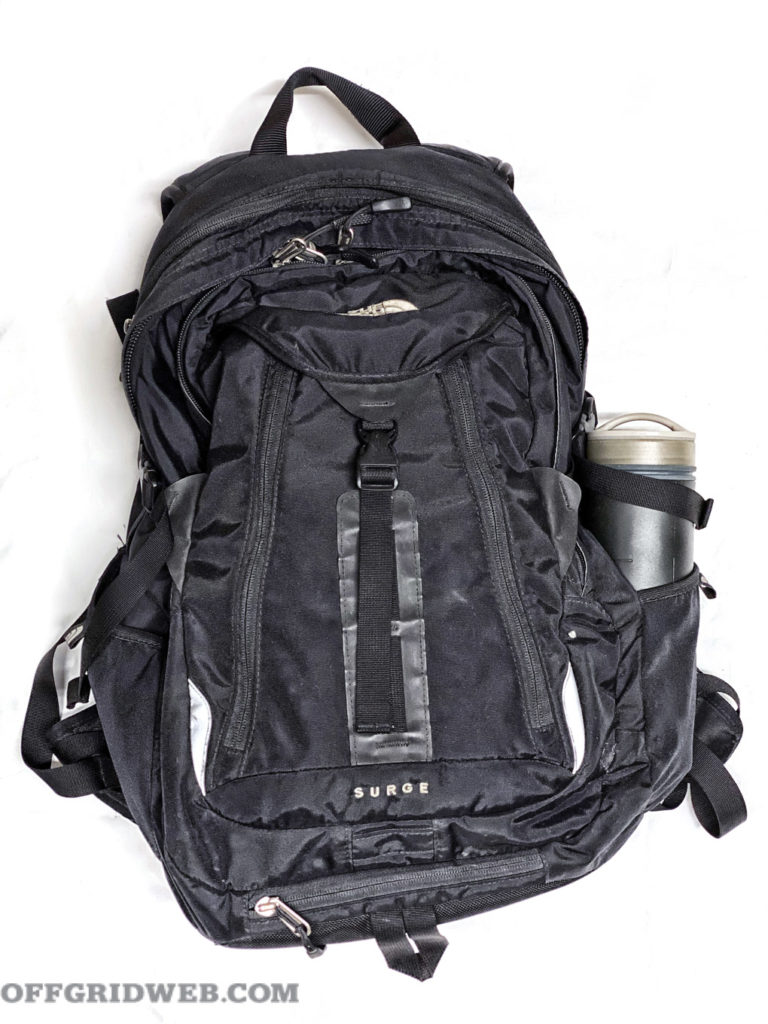
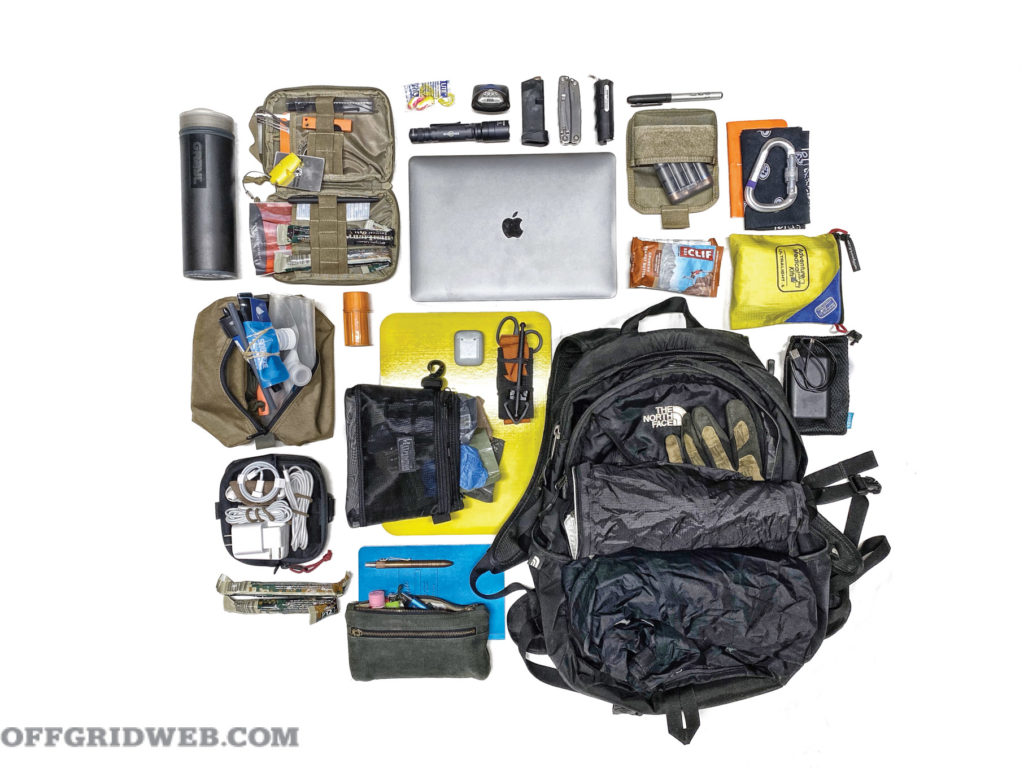
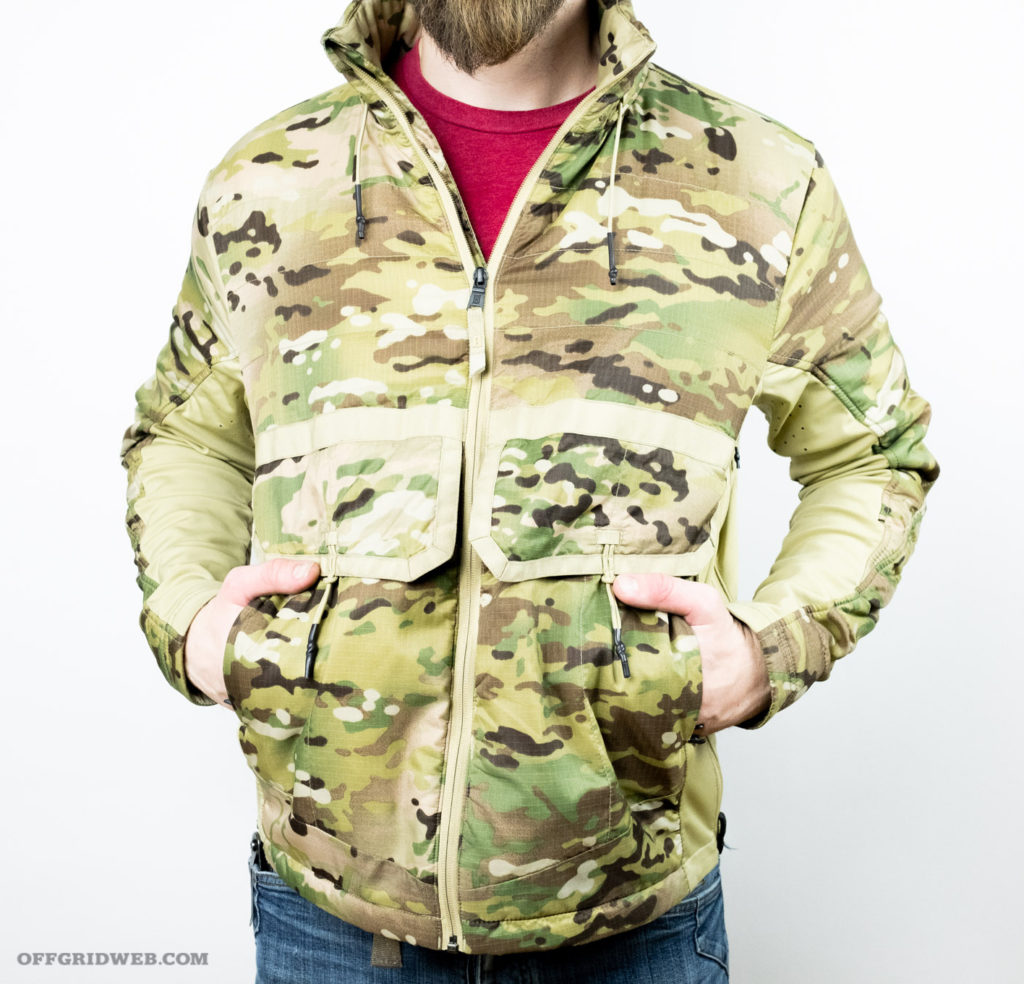
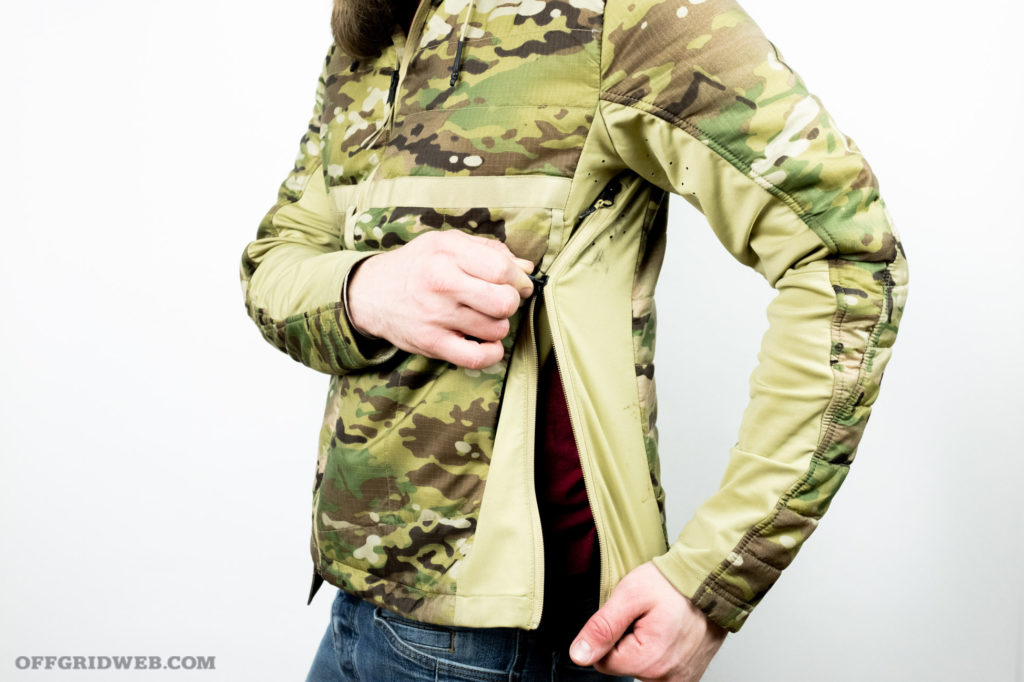
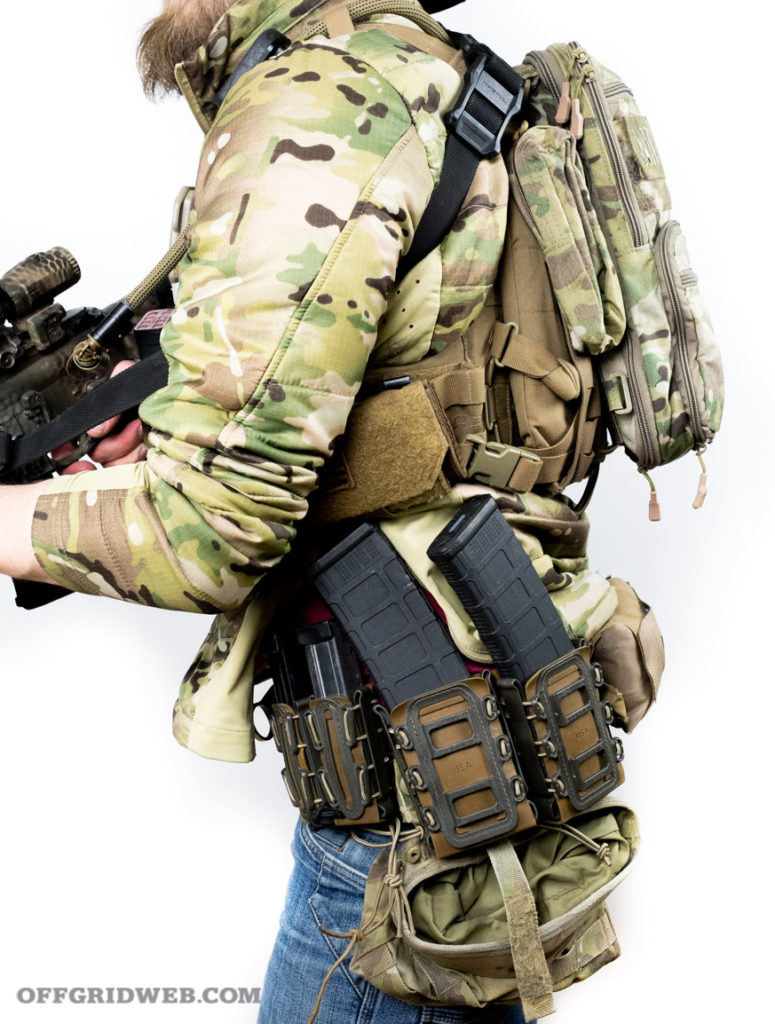
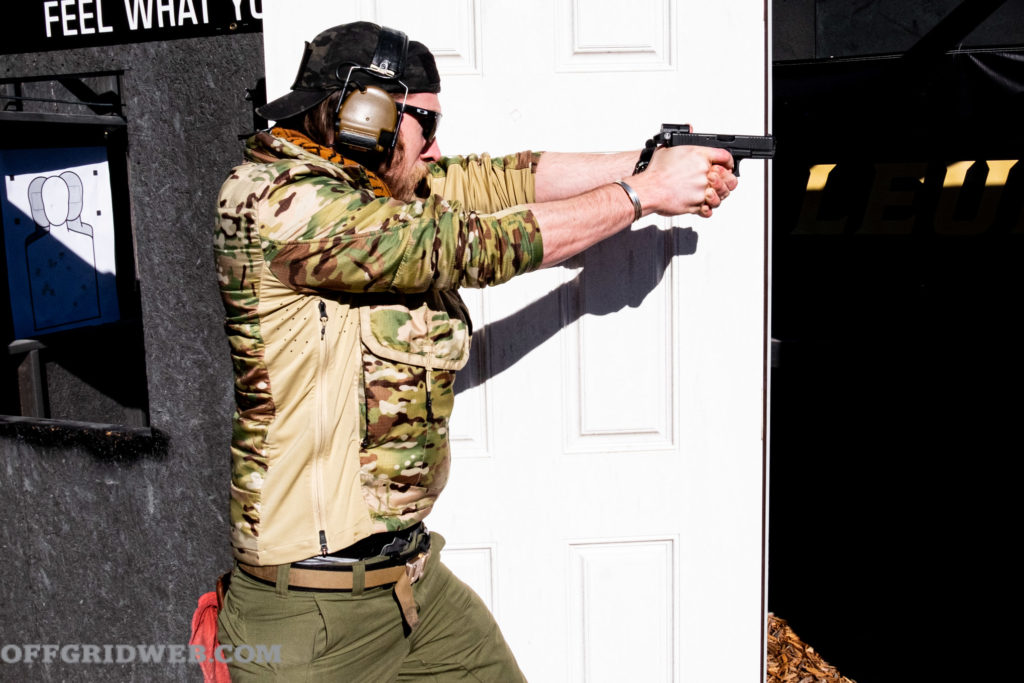
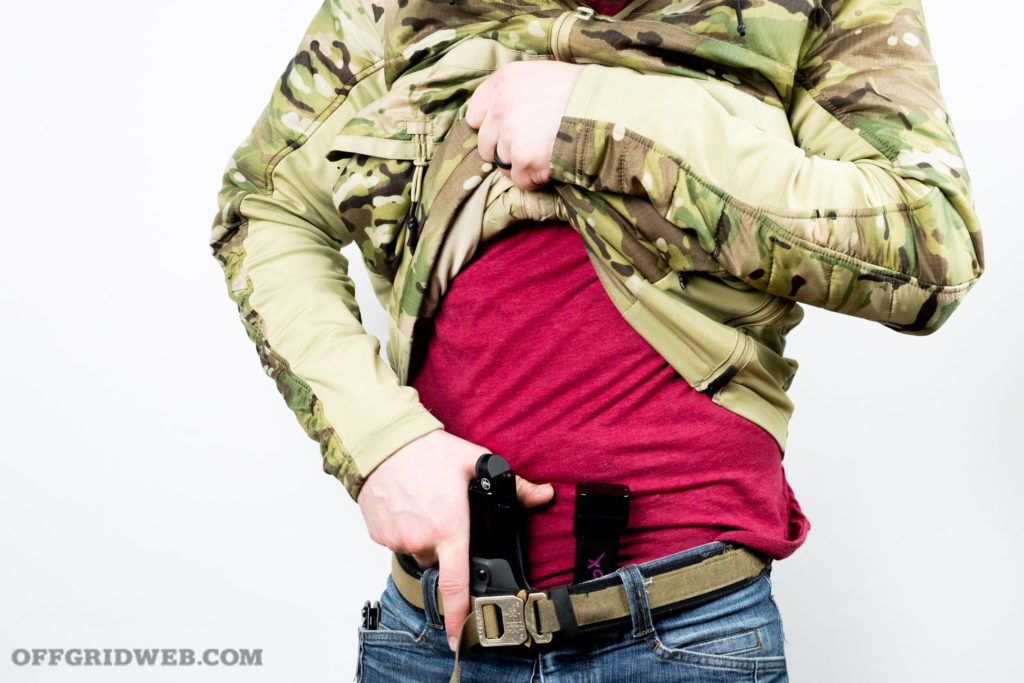
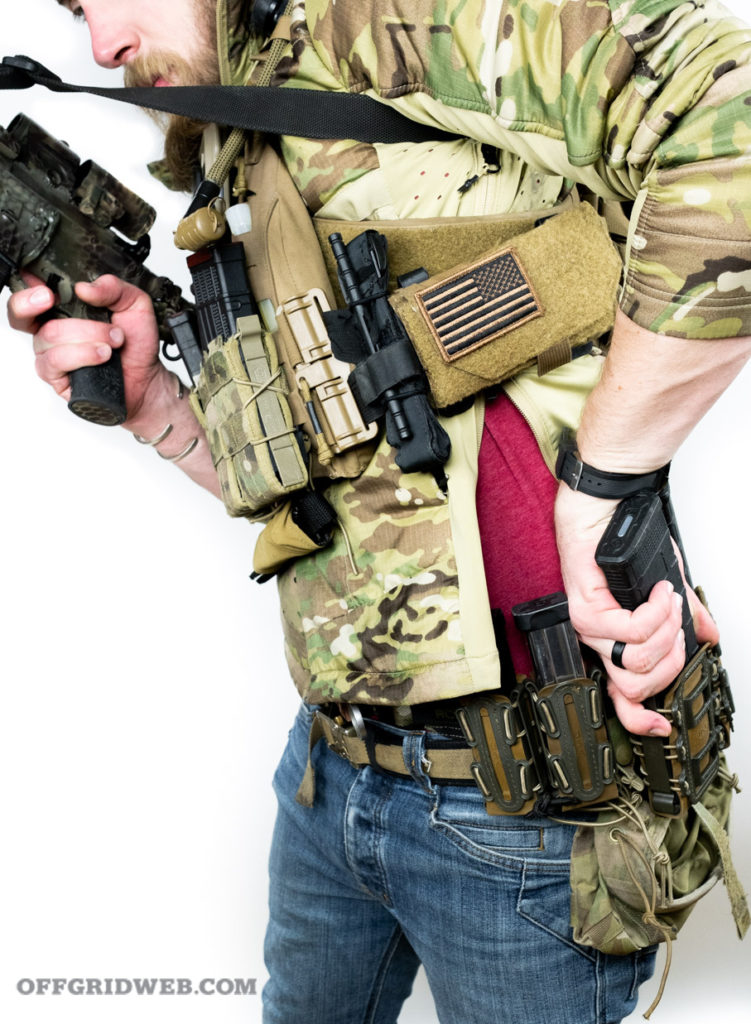

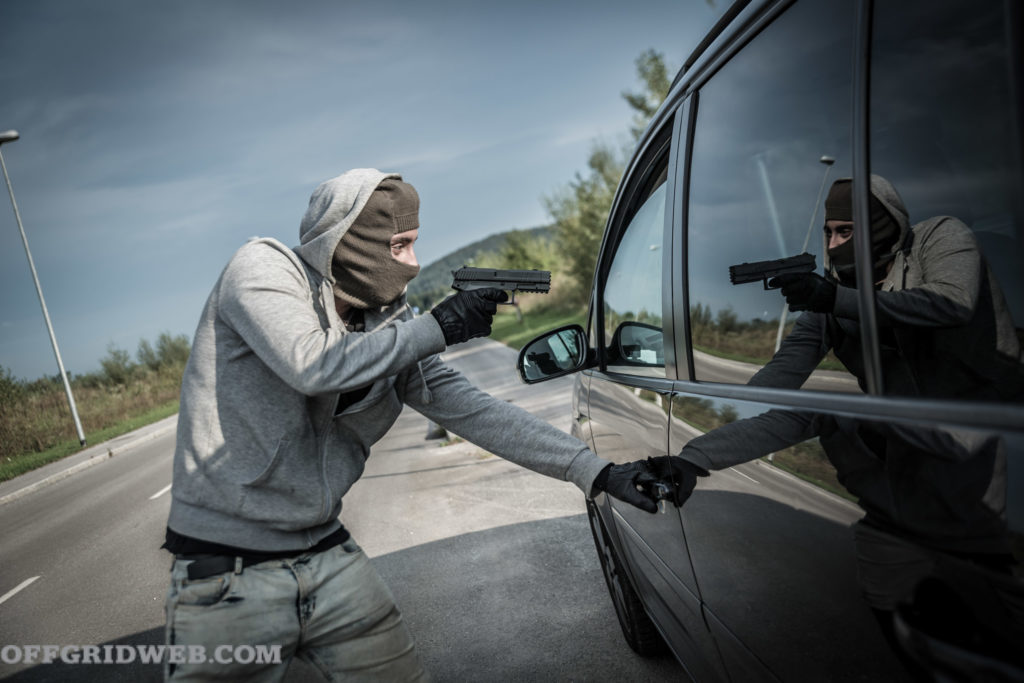
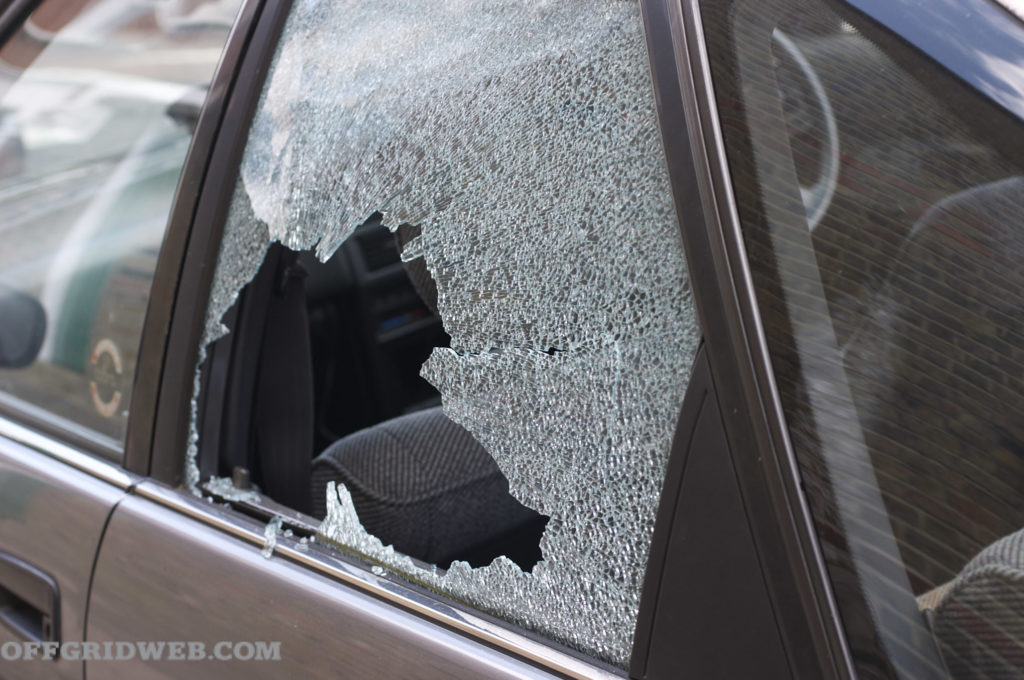
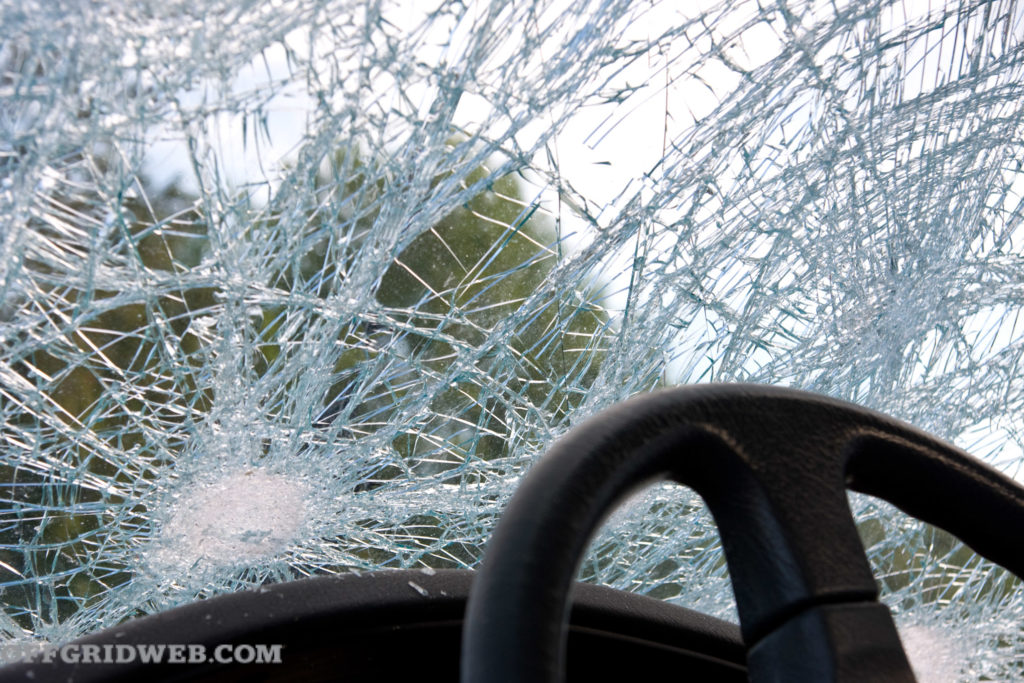
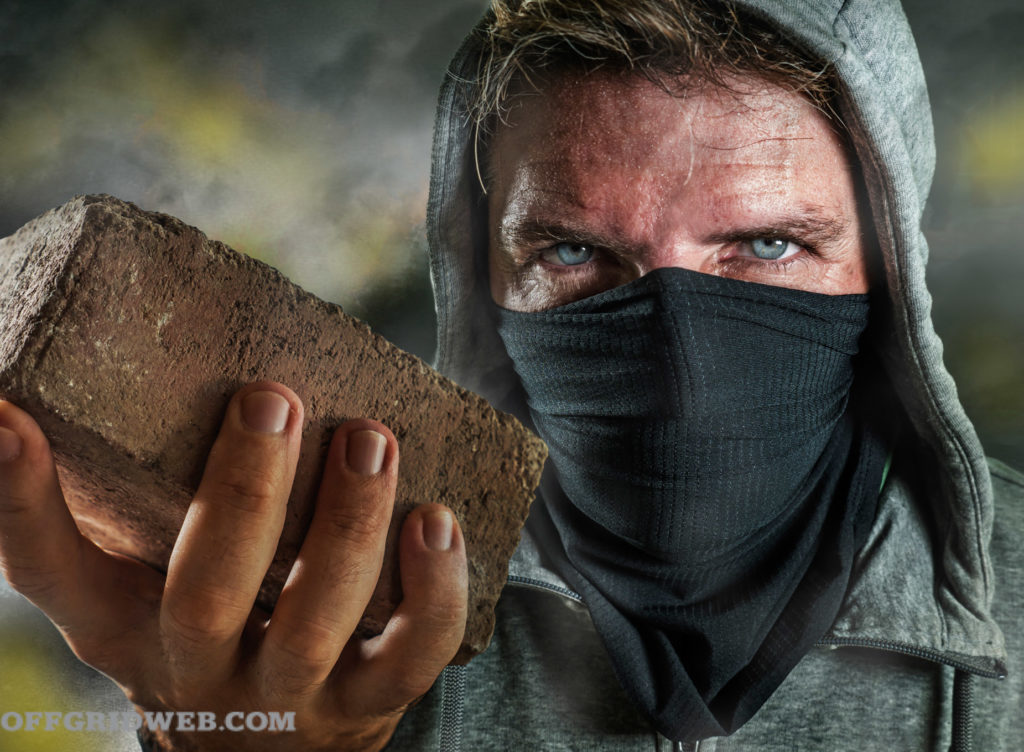

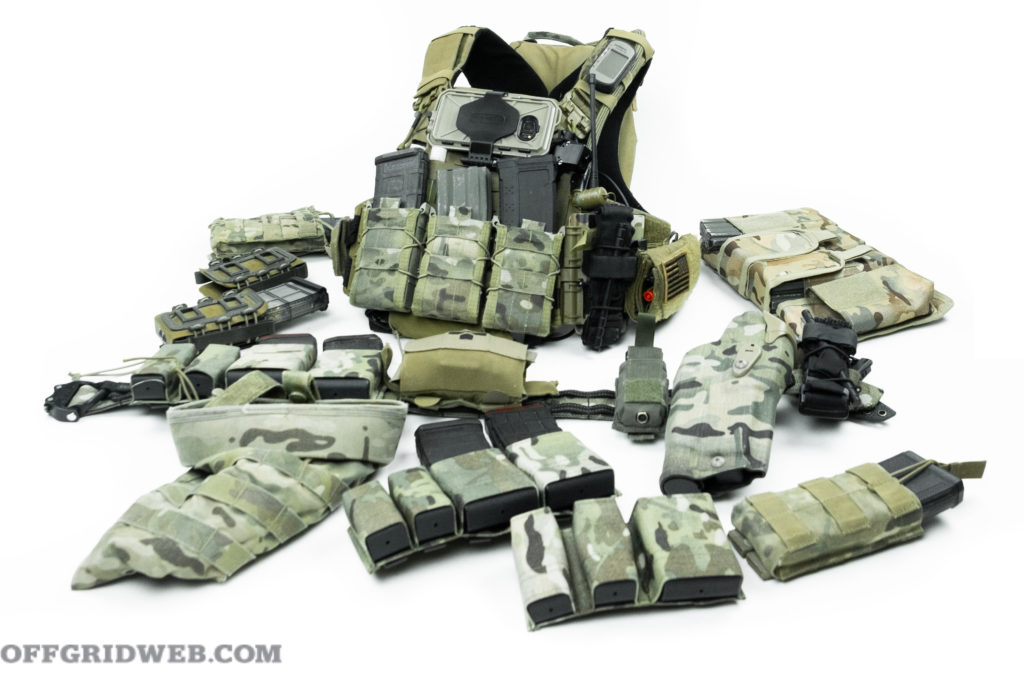
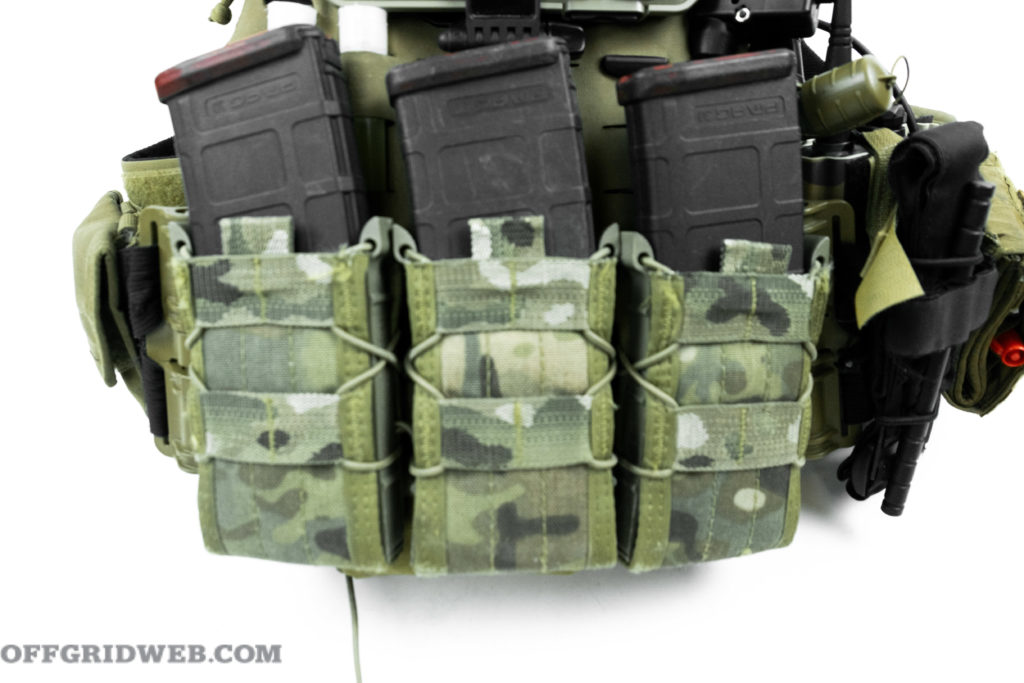
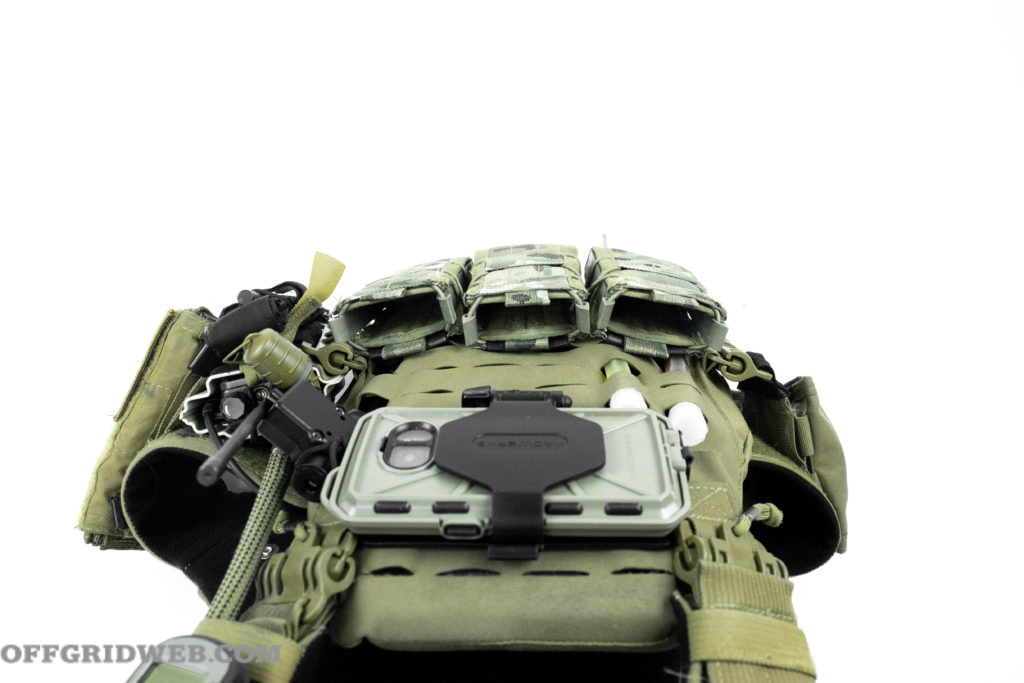
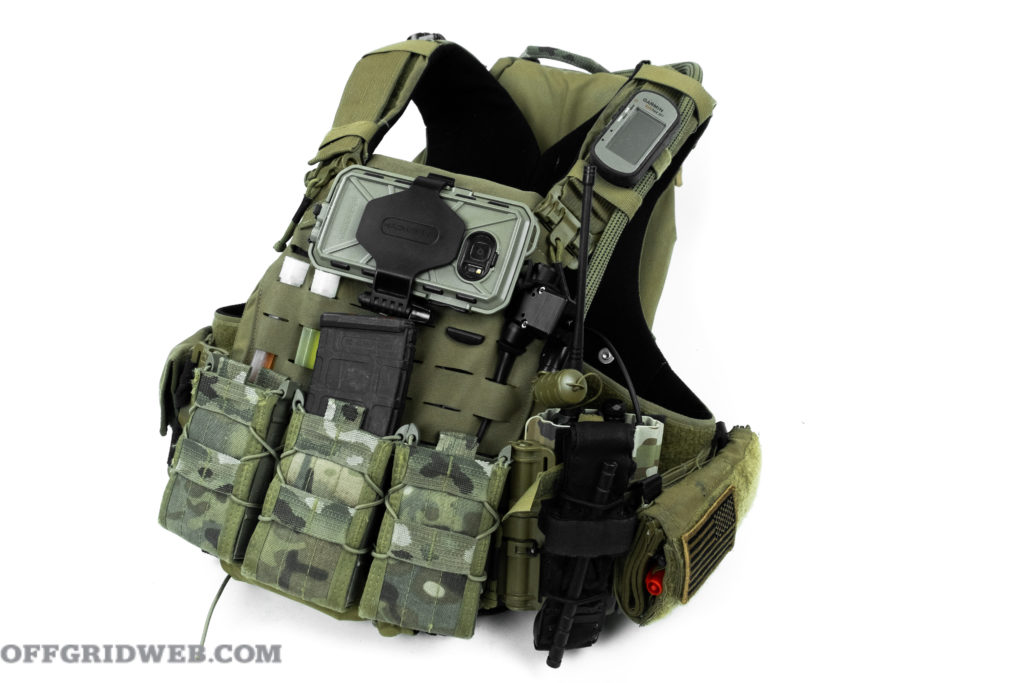
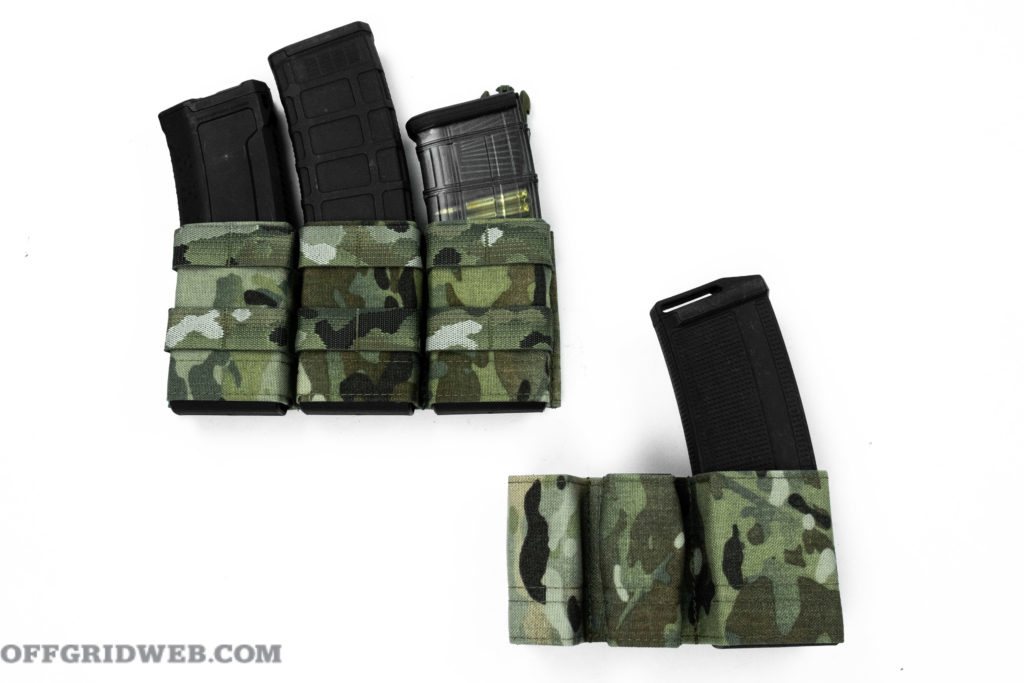
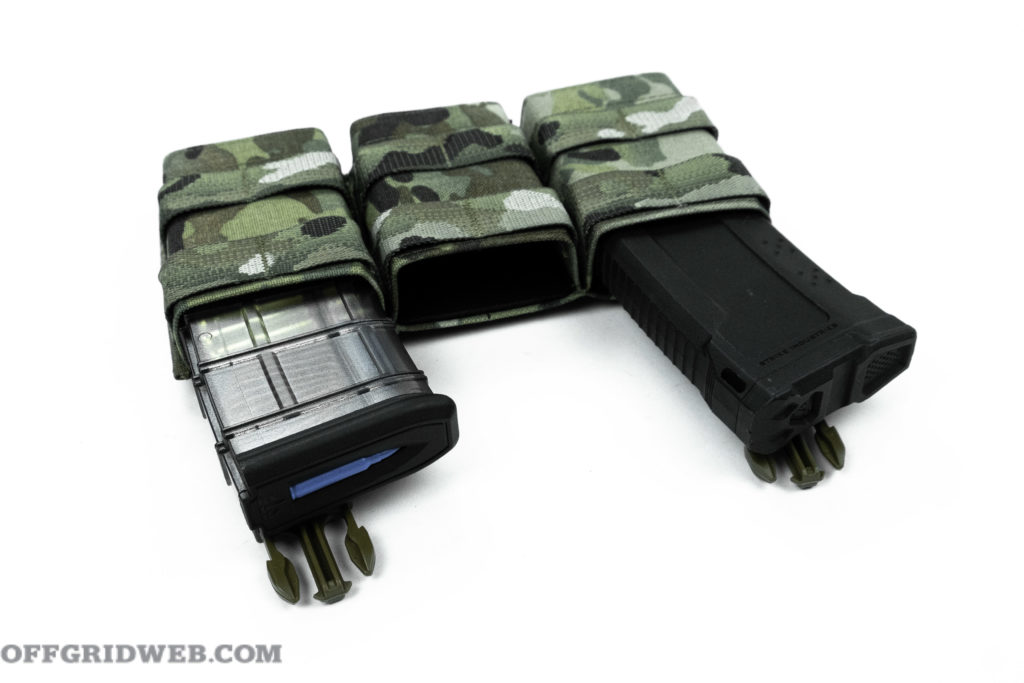
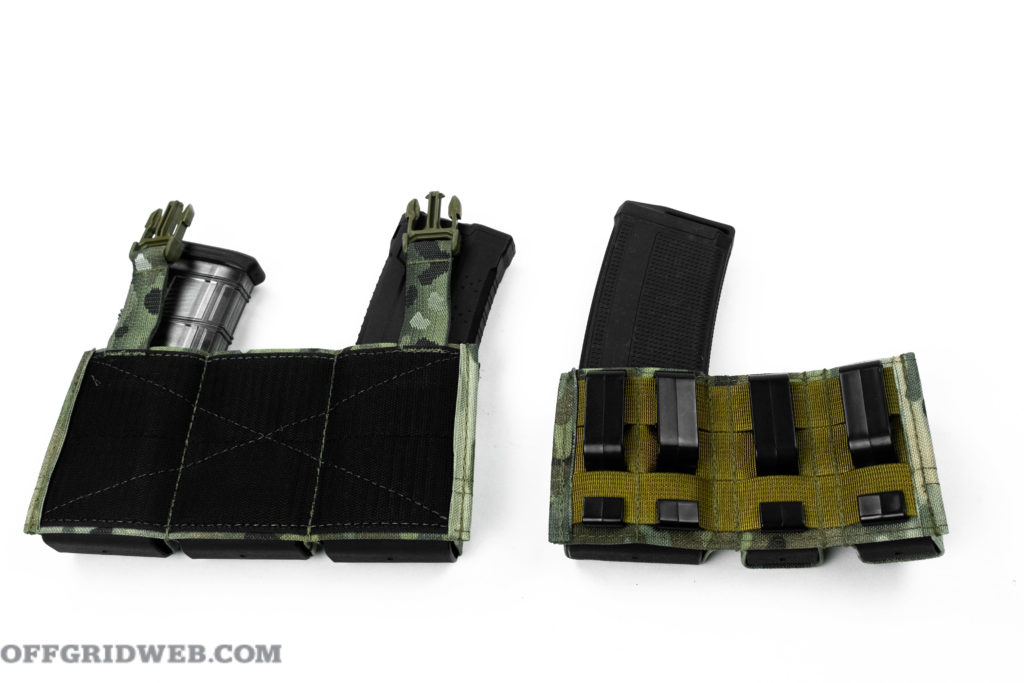
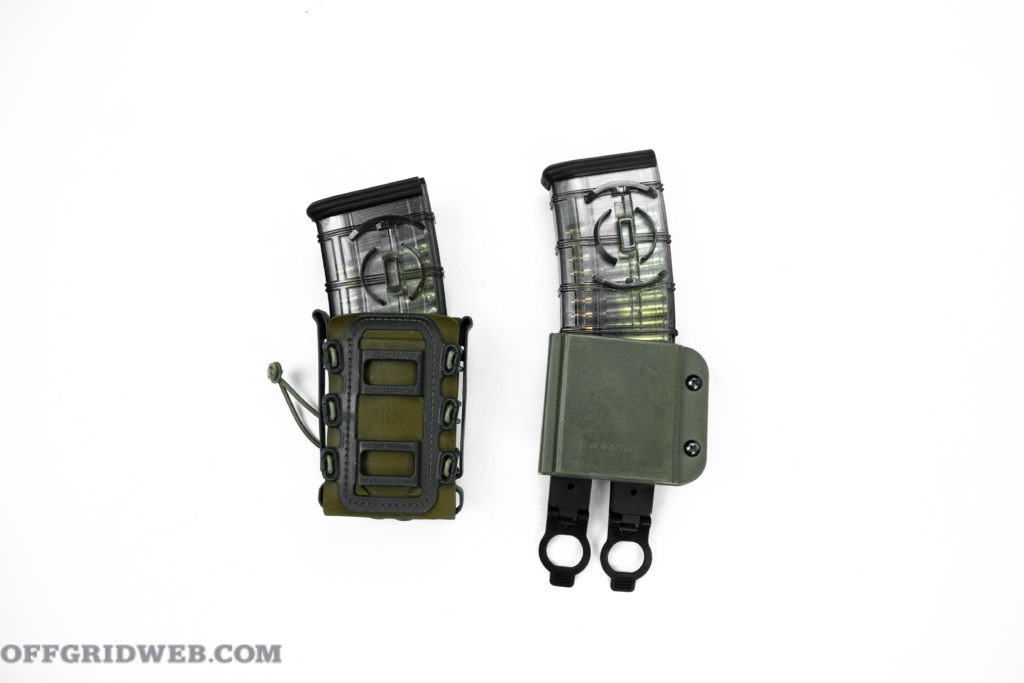
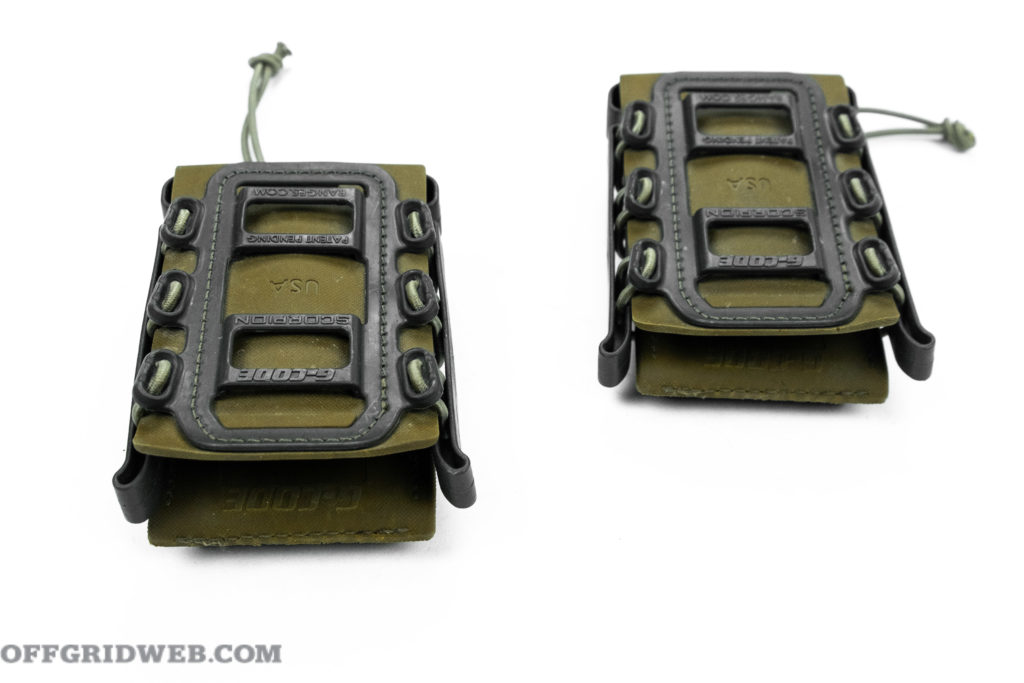
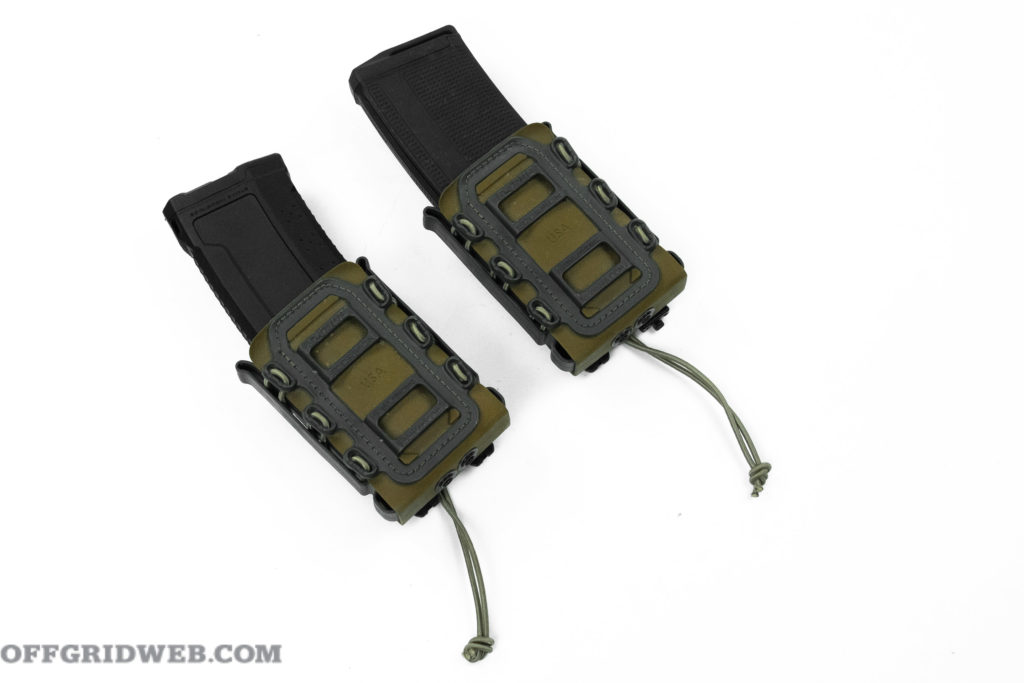
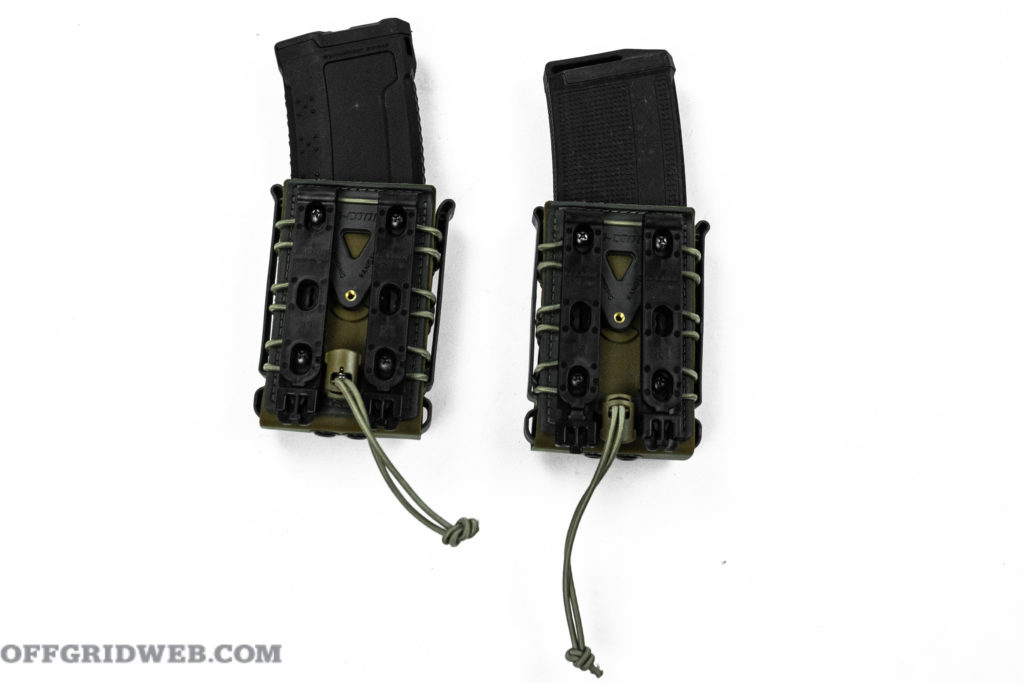
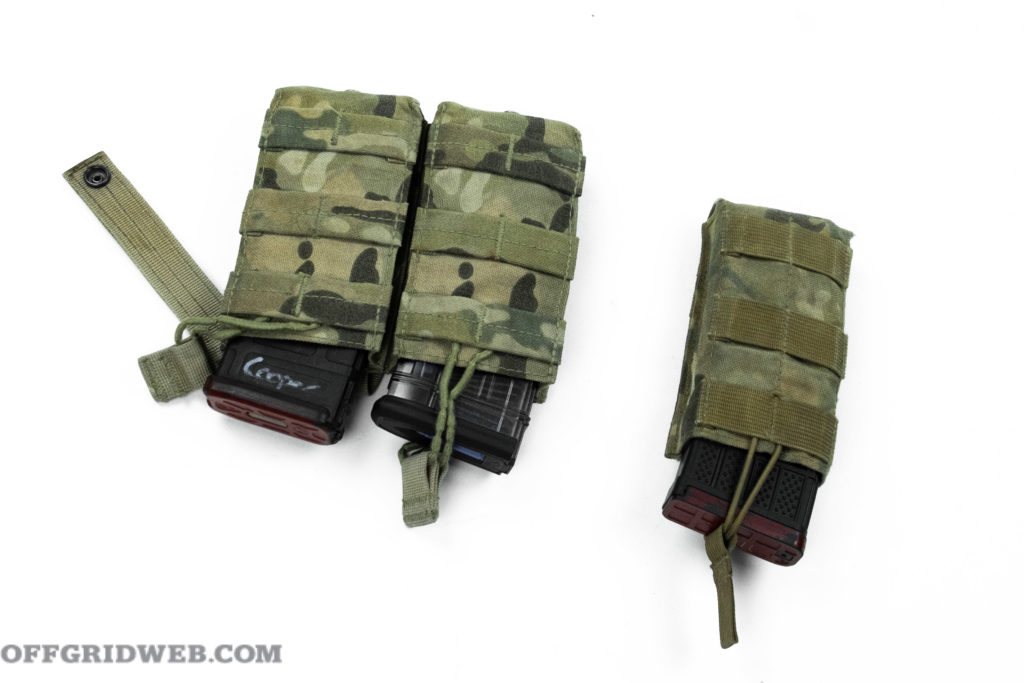
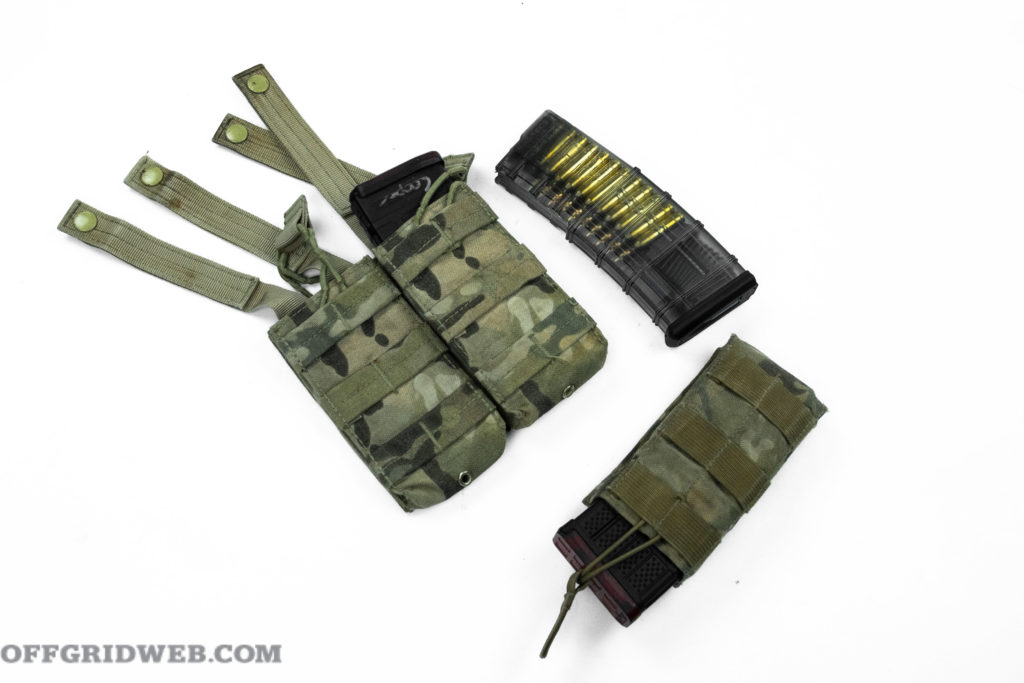
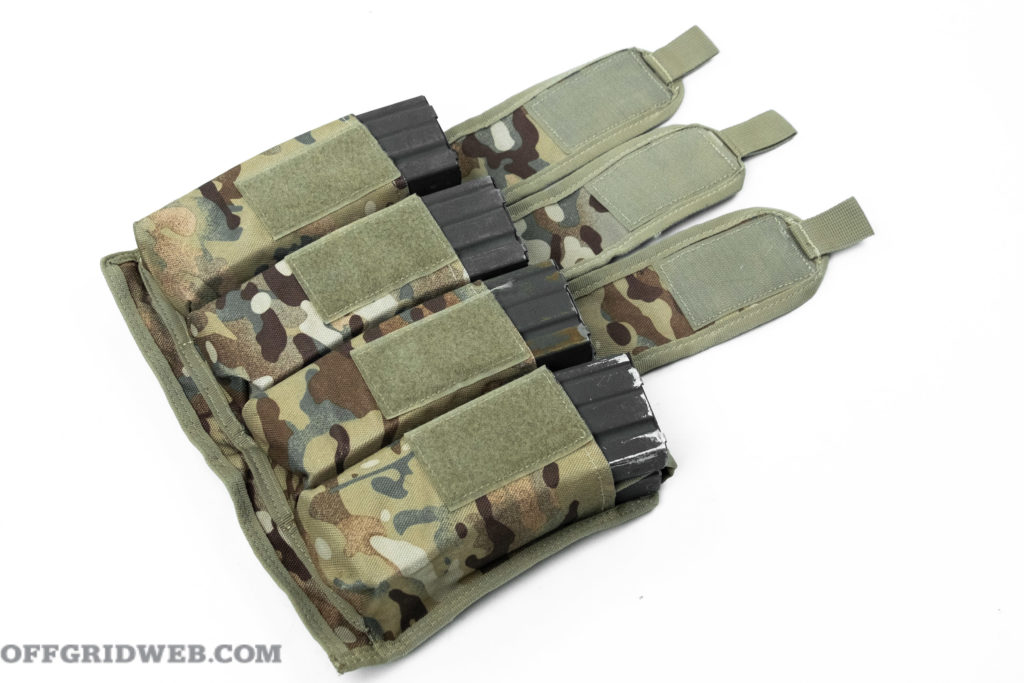
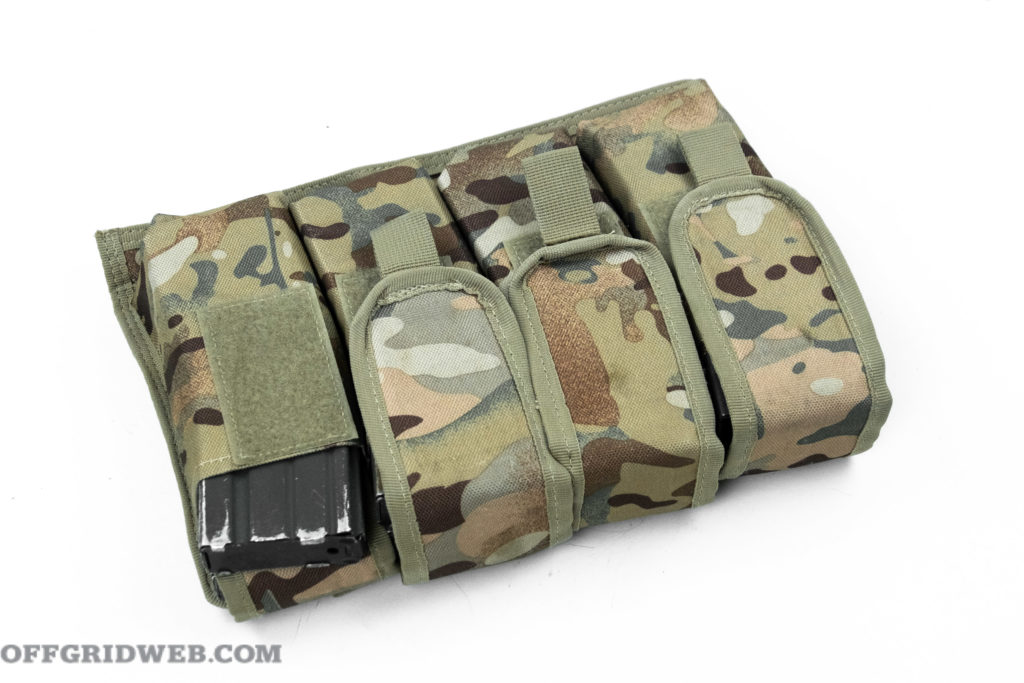
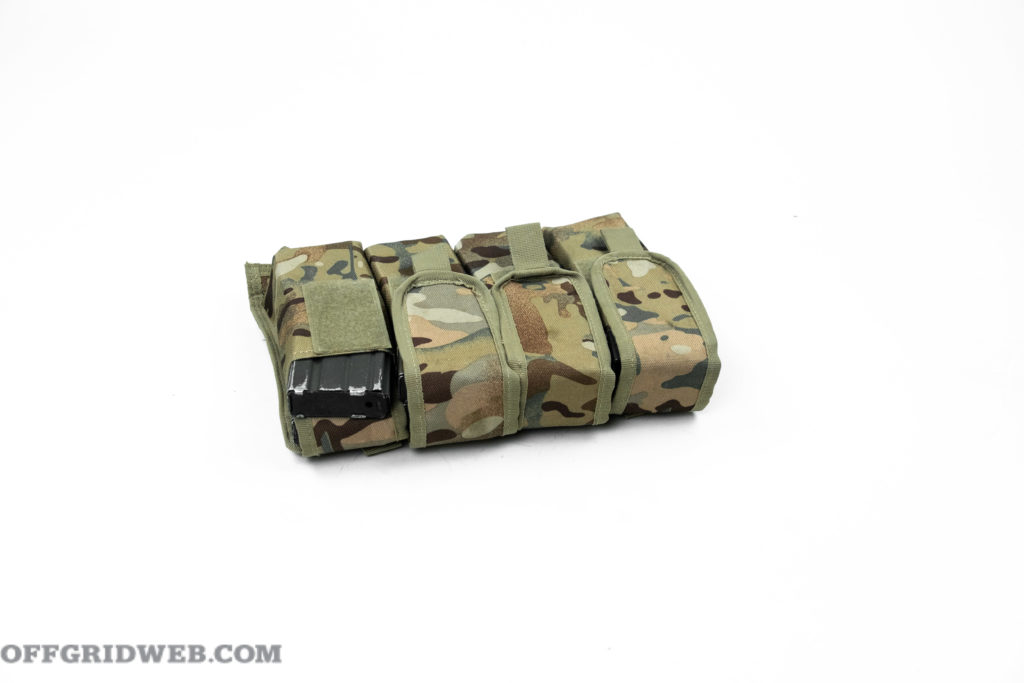
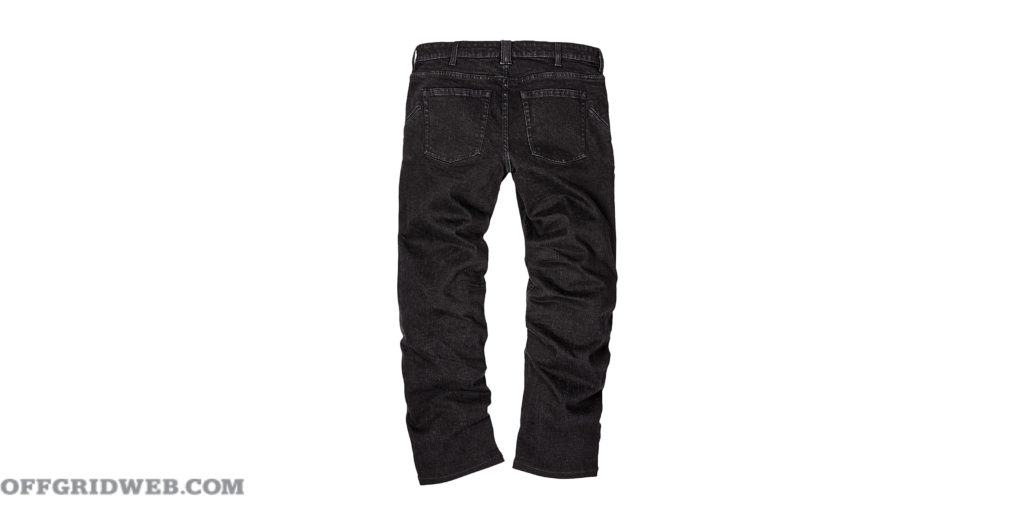
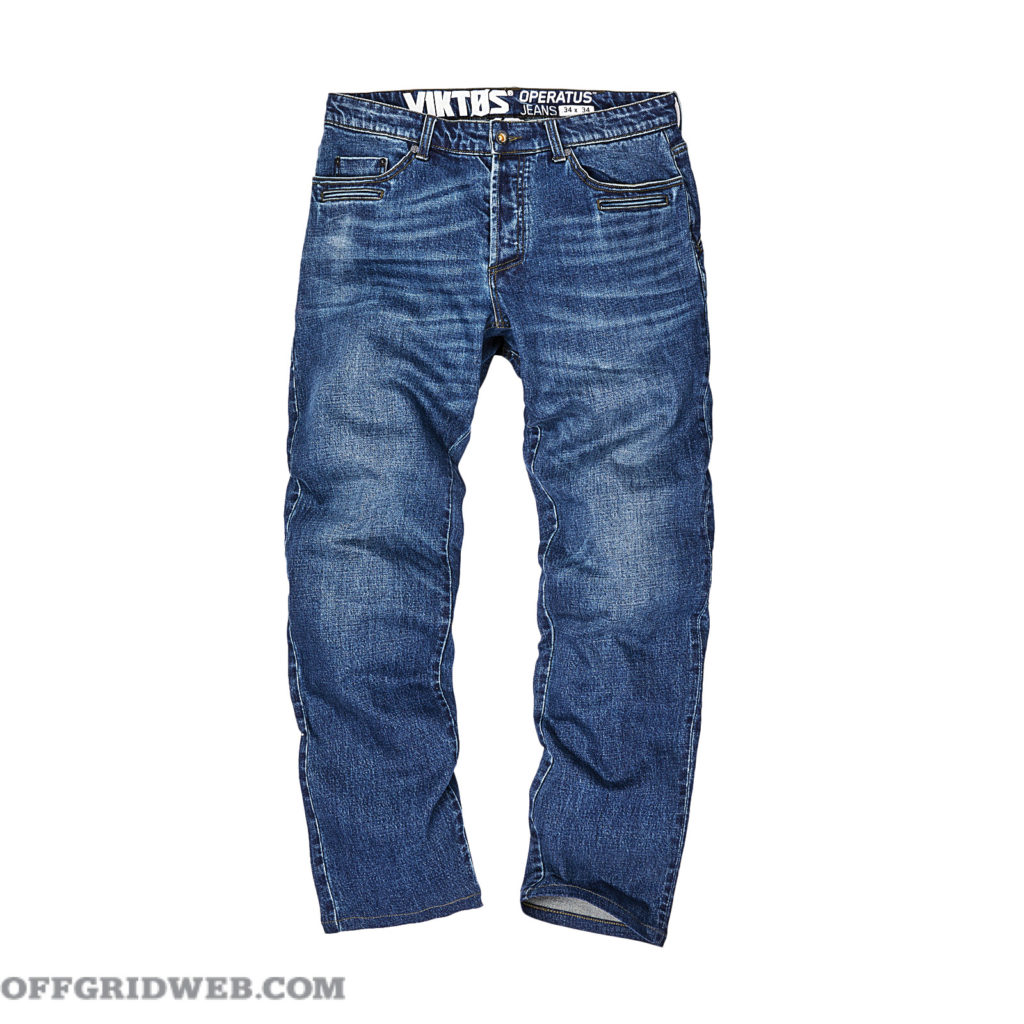
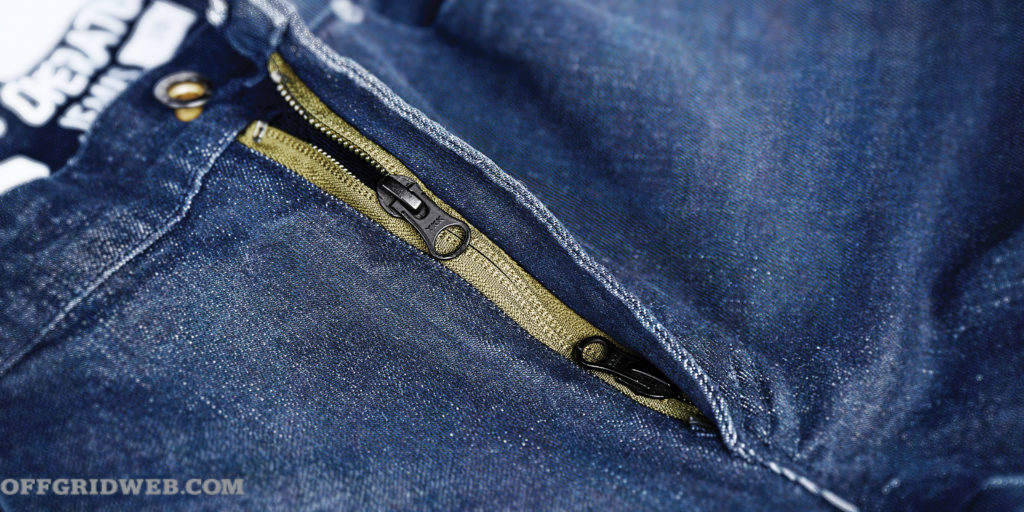
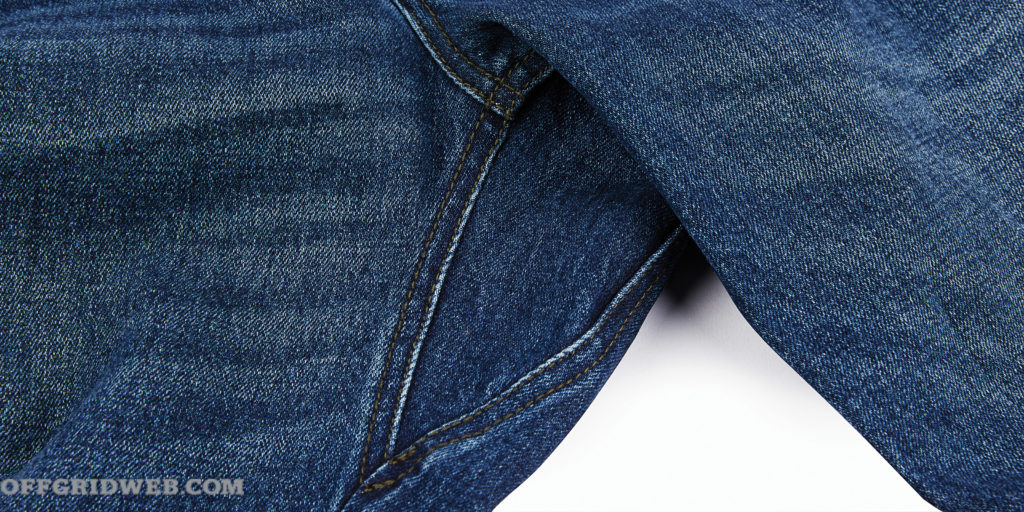
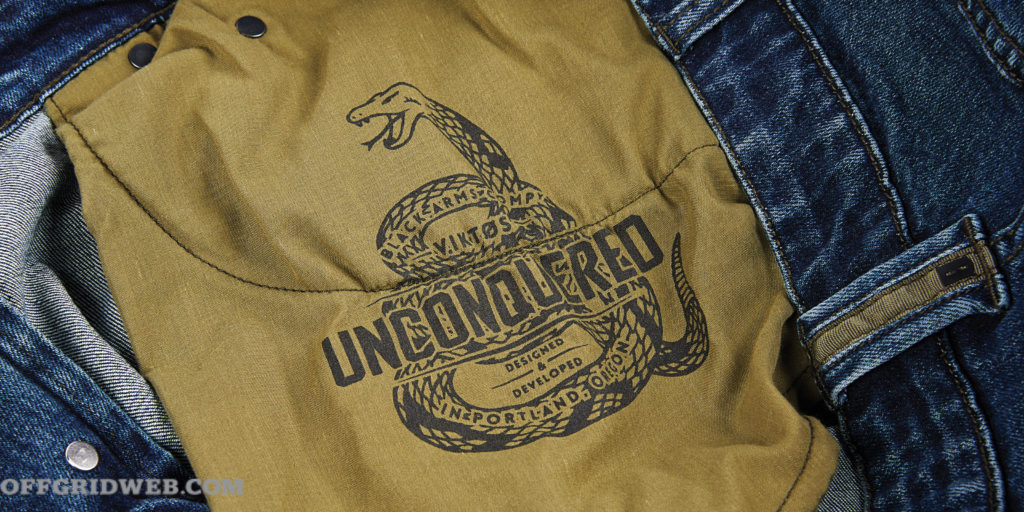
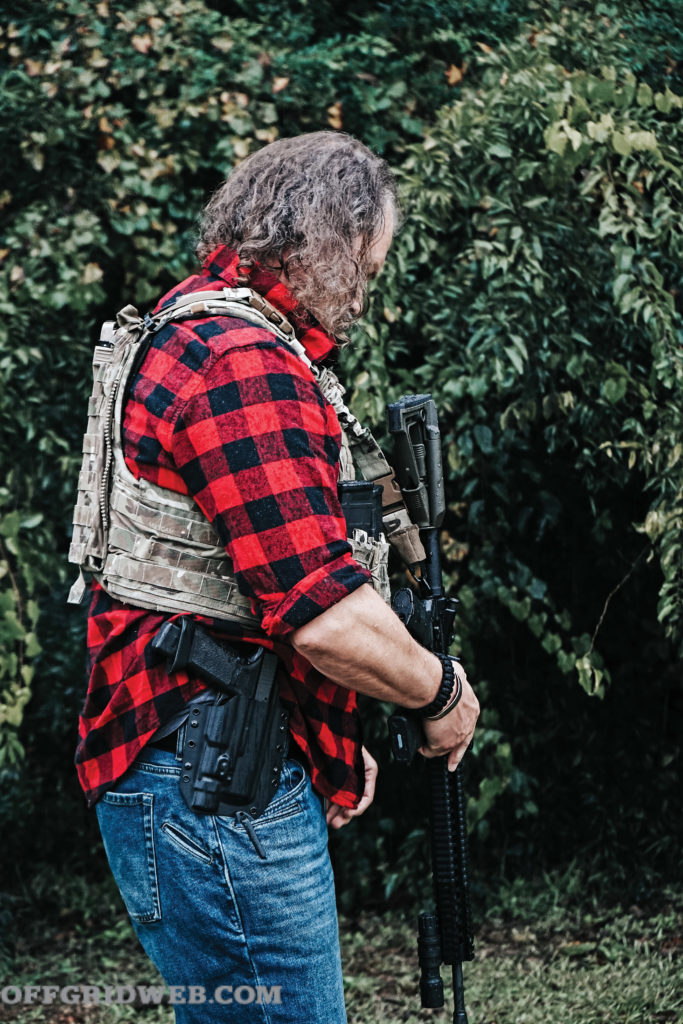
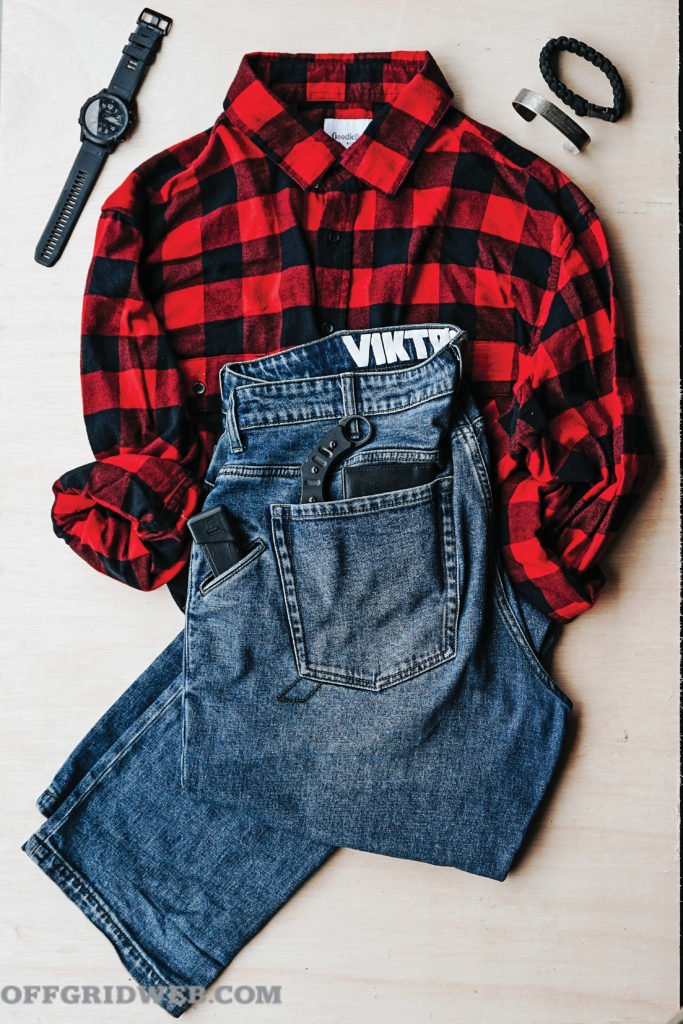
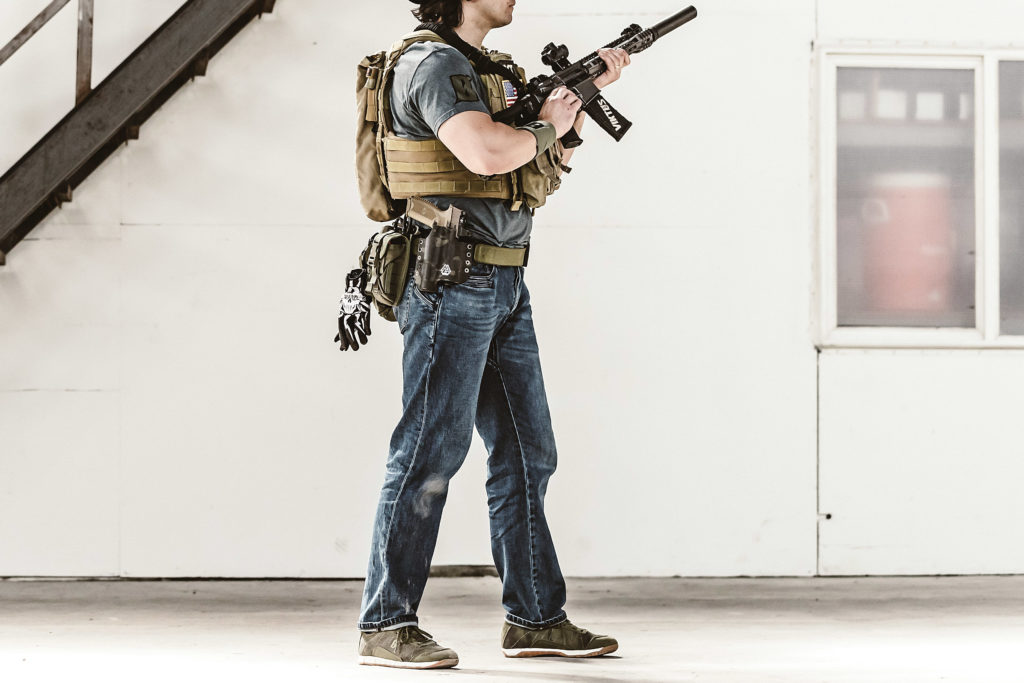
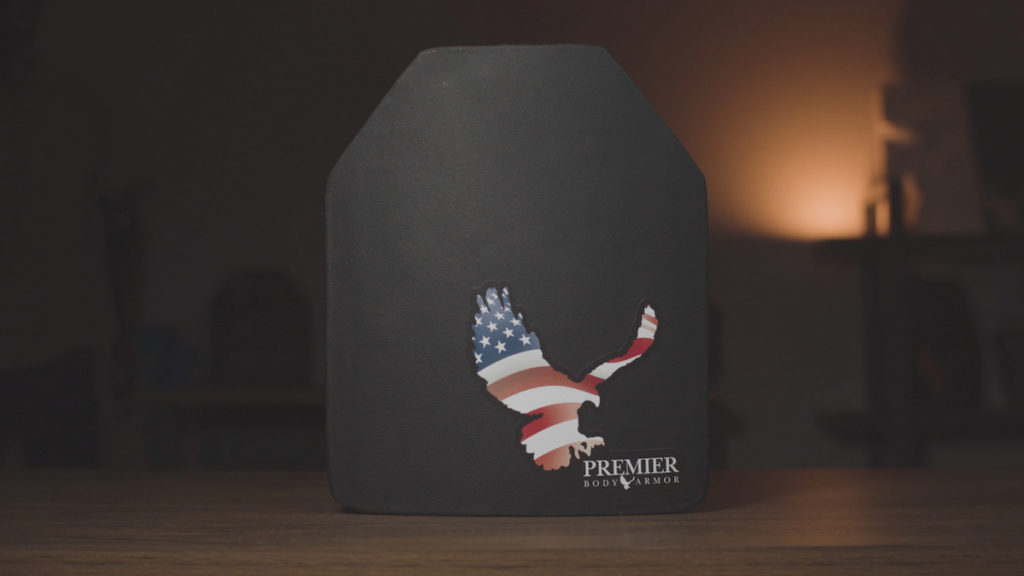
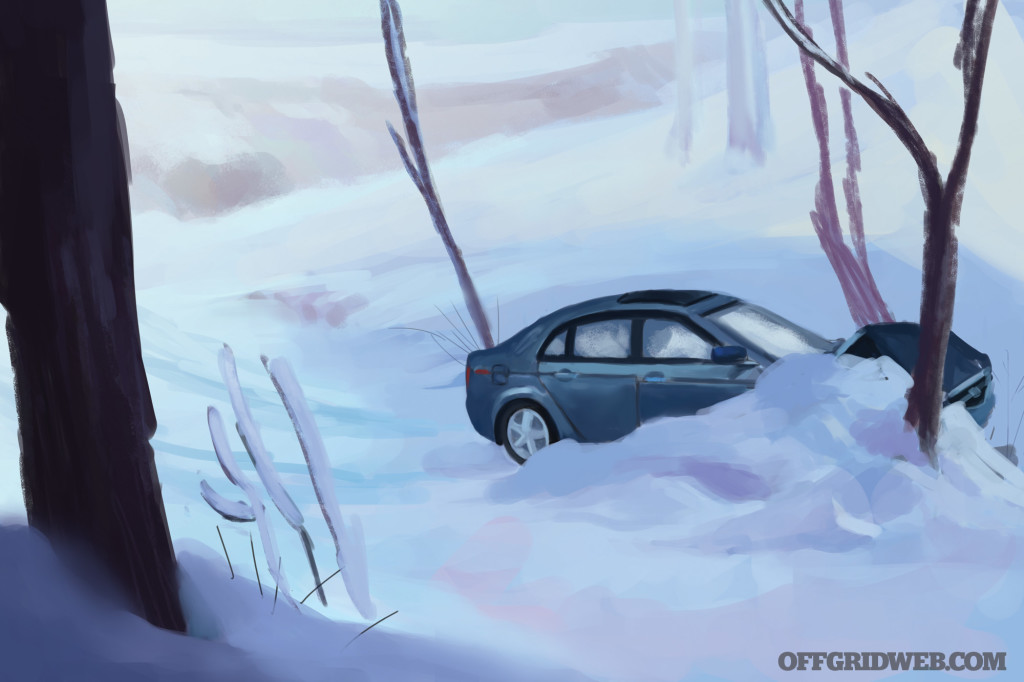


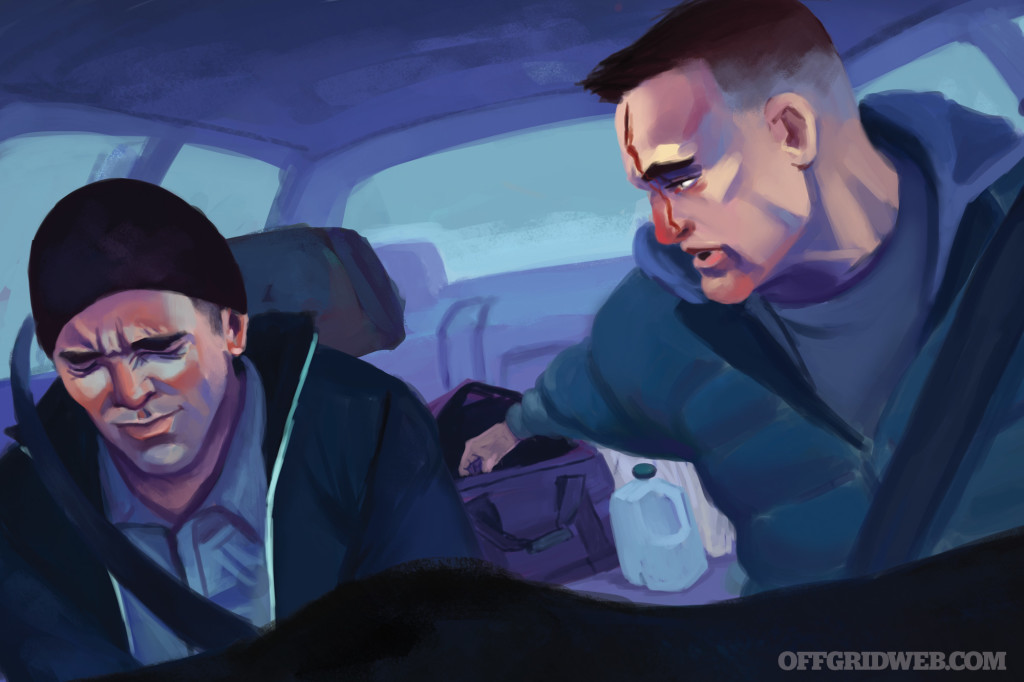
 Tim MacWelch
Tim MacWelch Erik Lund
Erik Lund Ryan Lee Price
Ryan Lee Price


